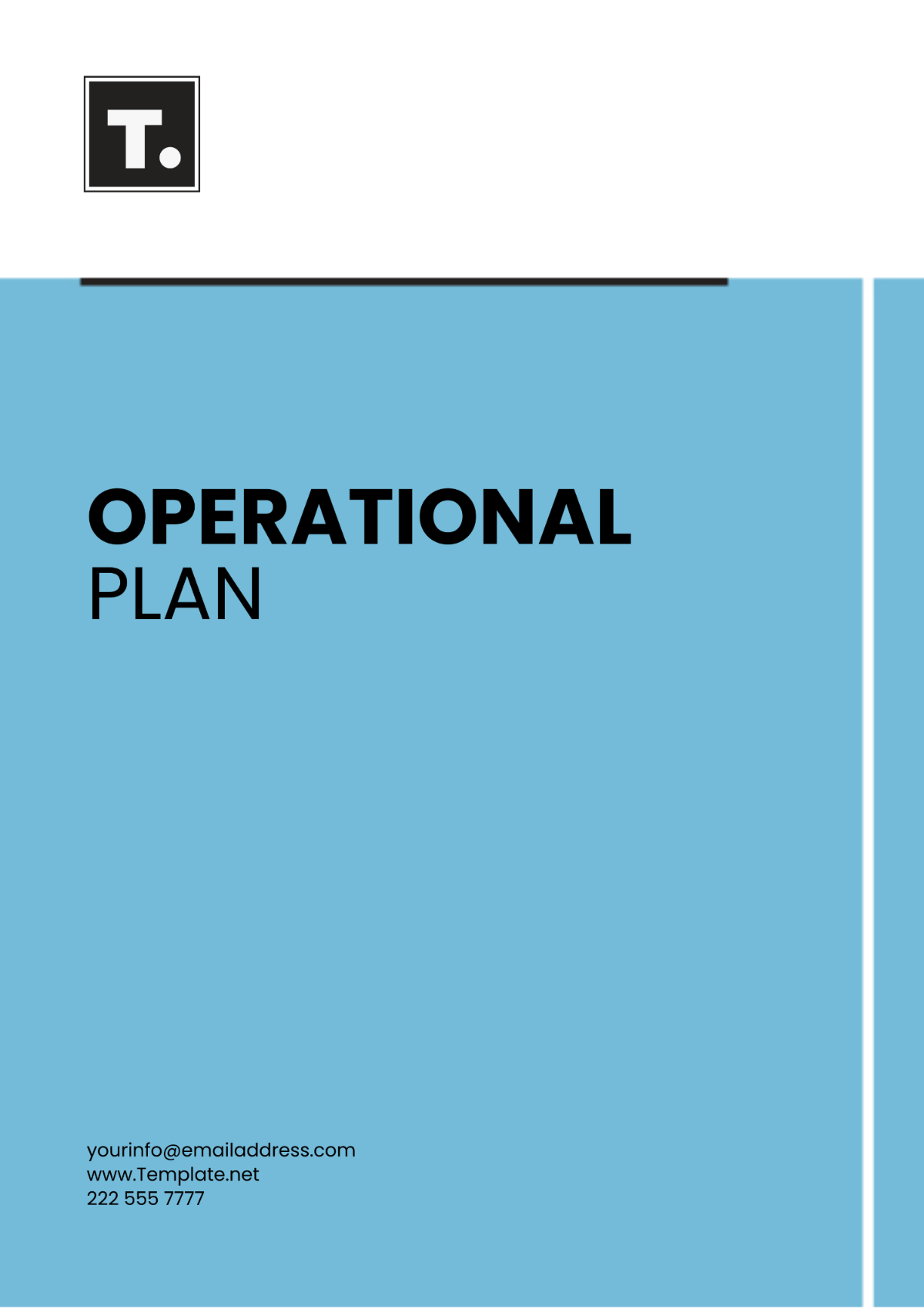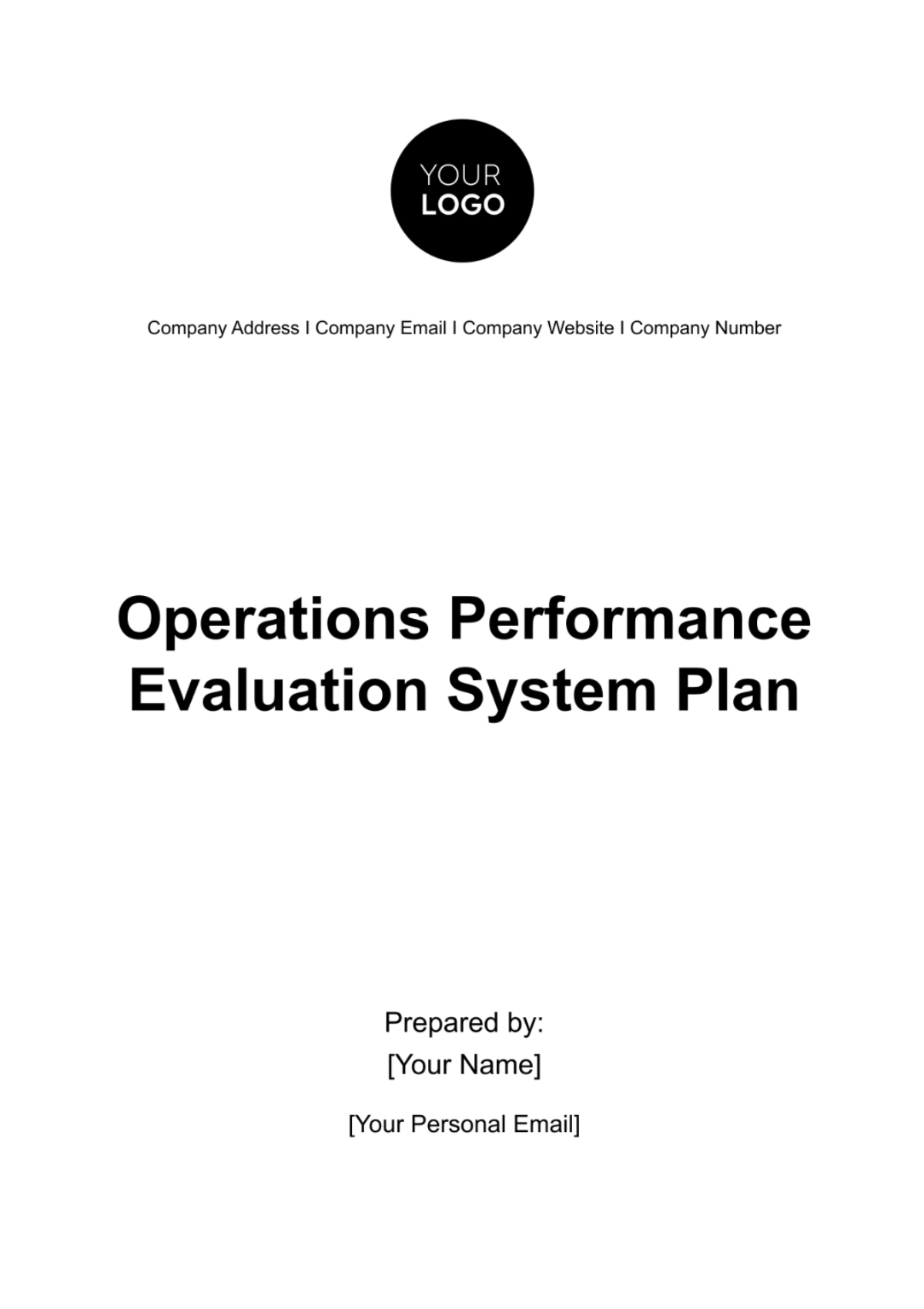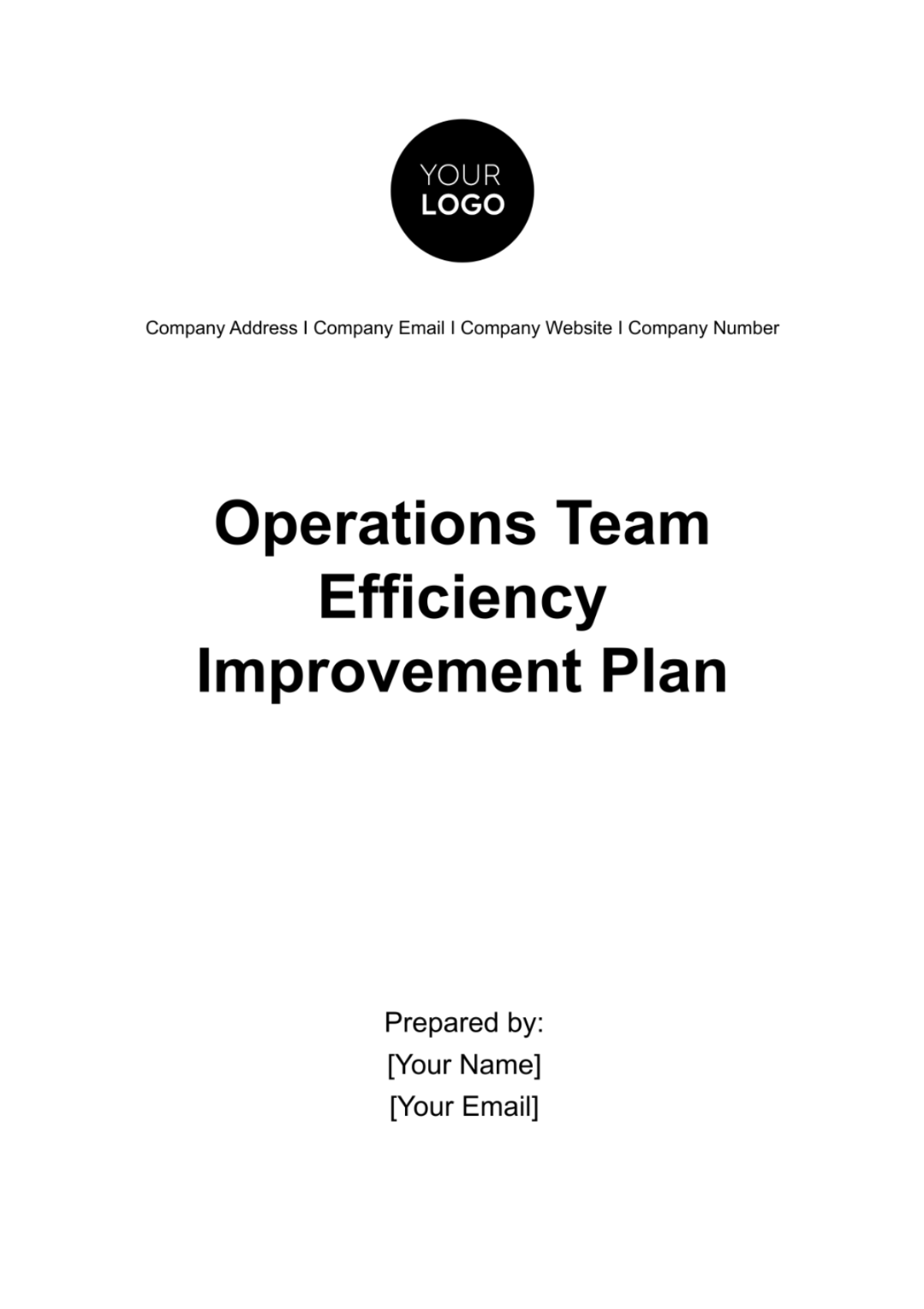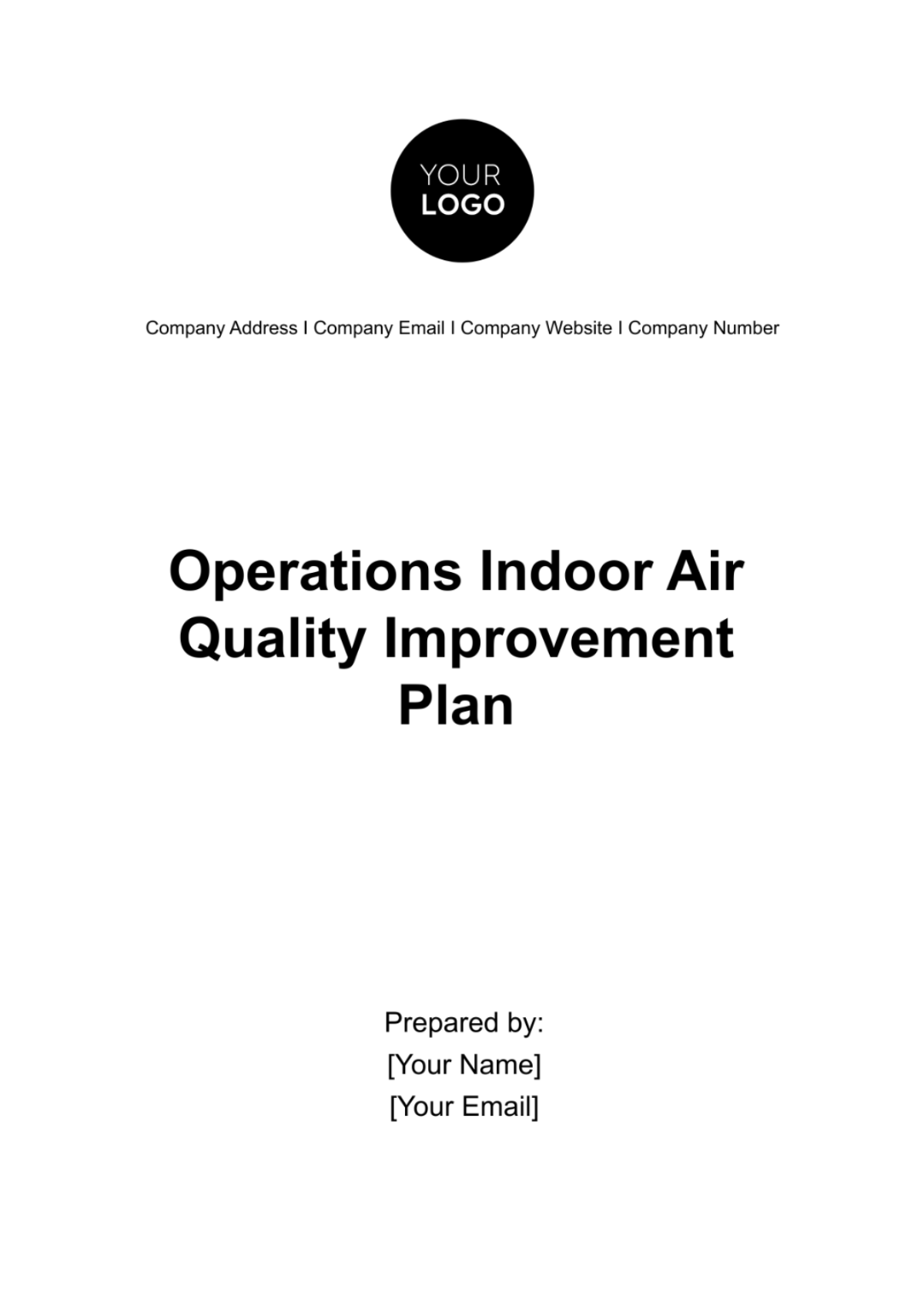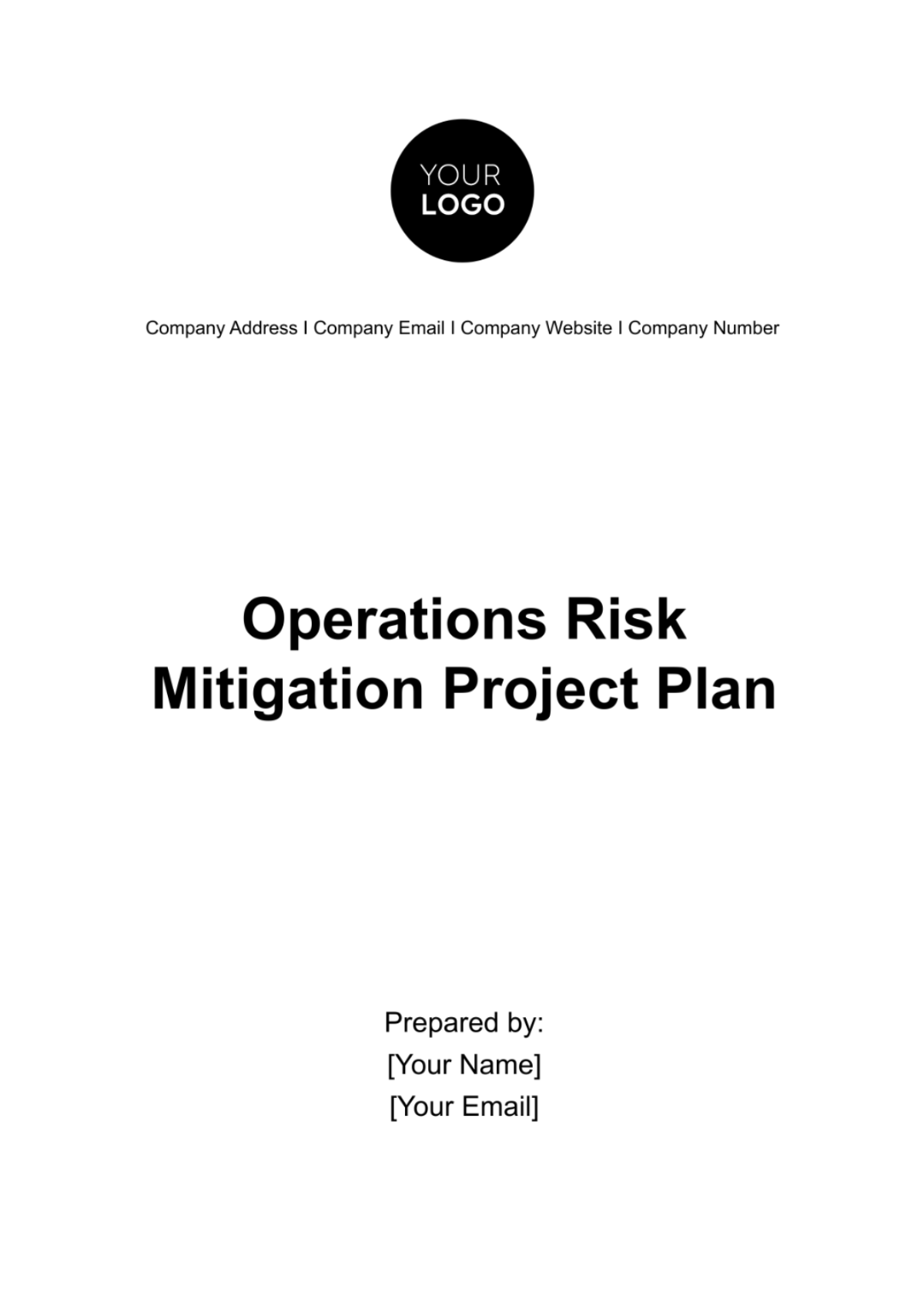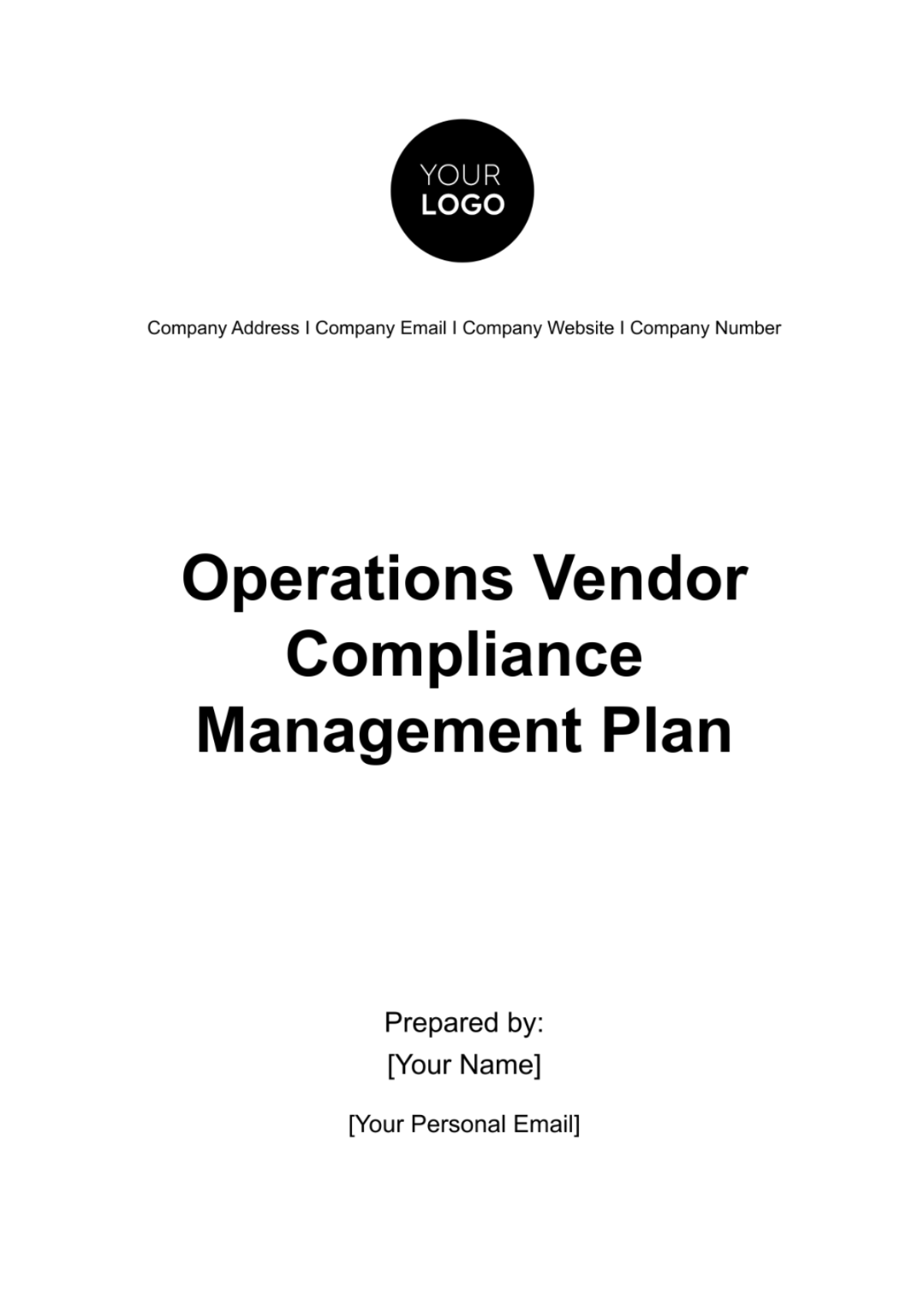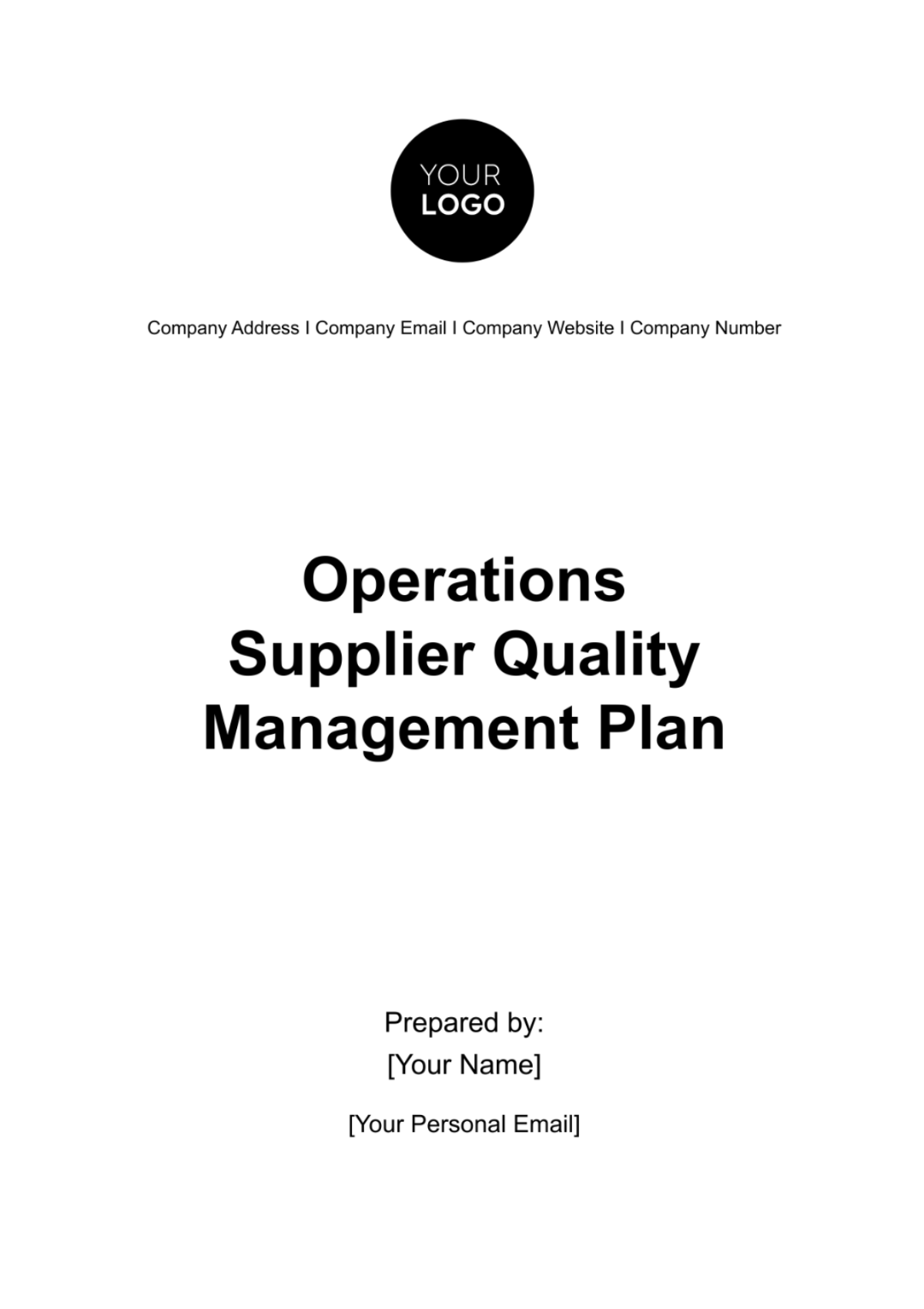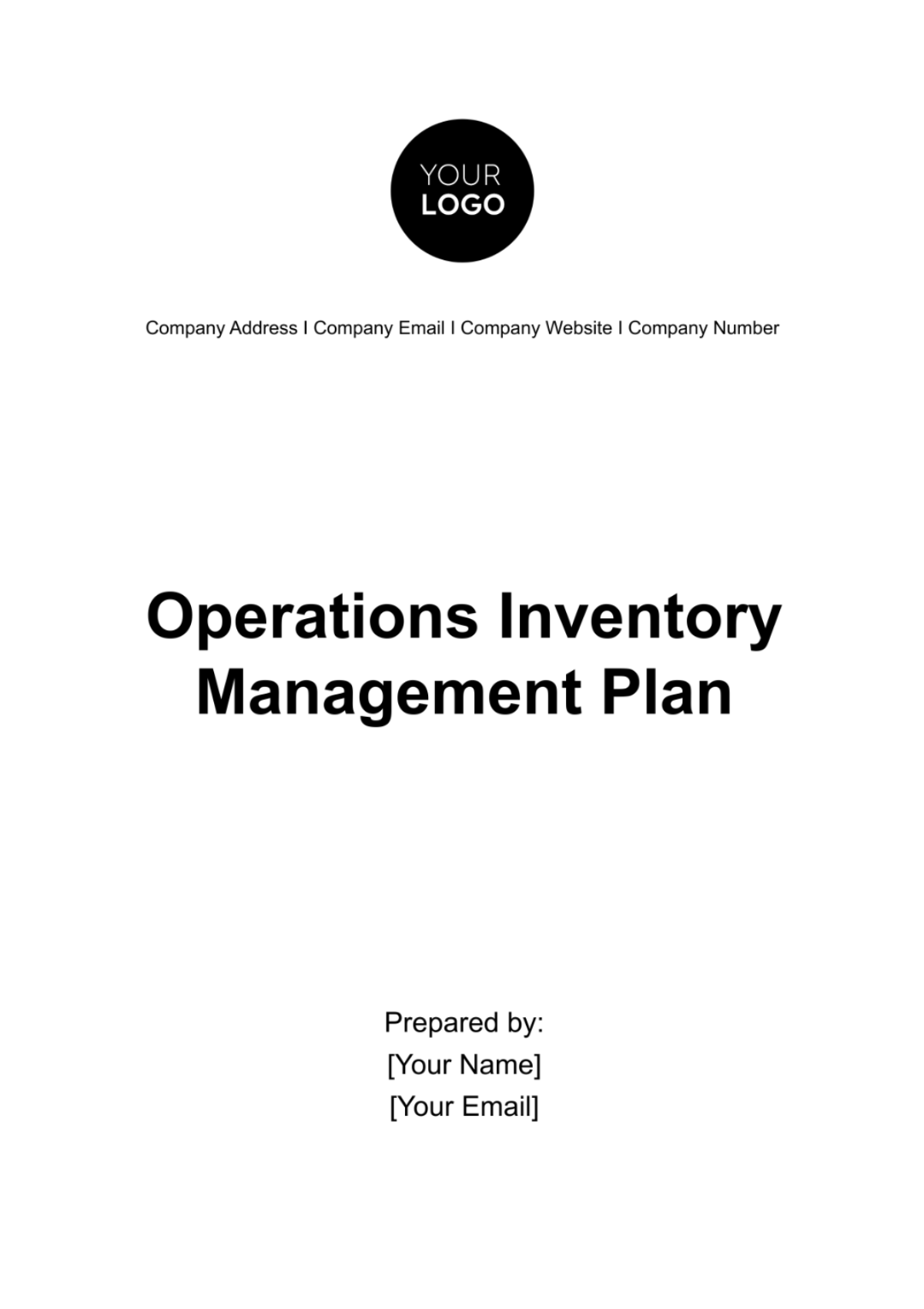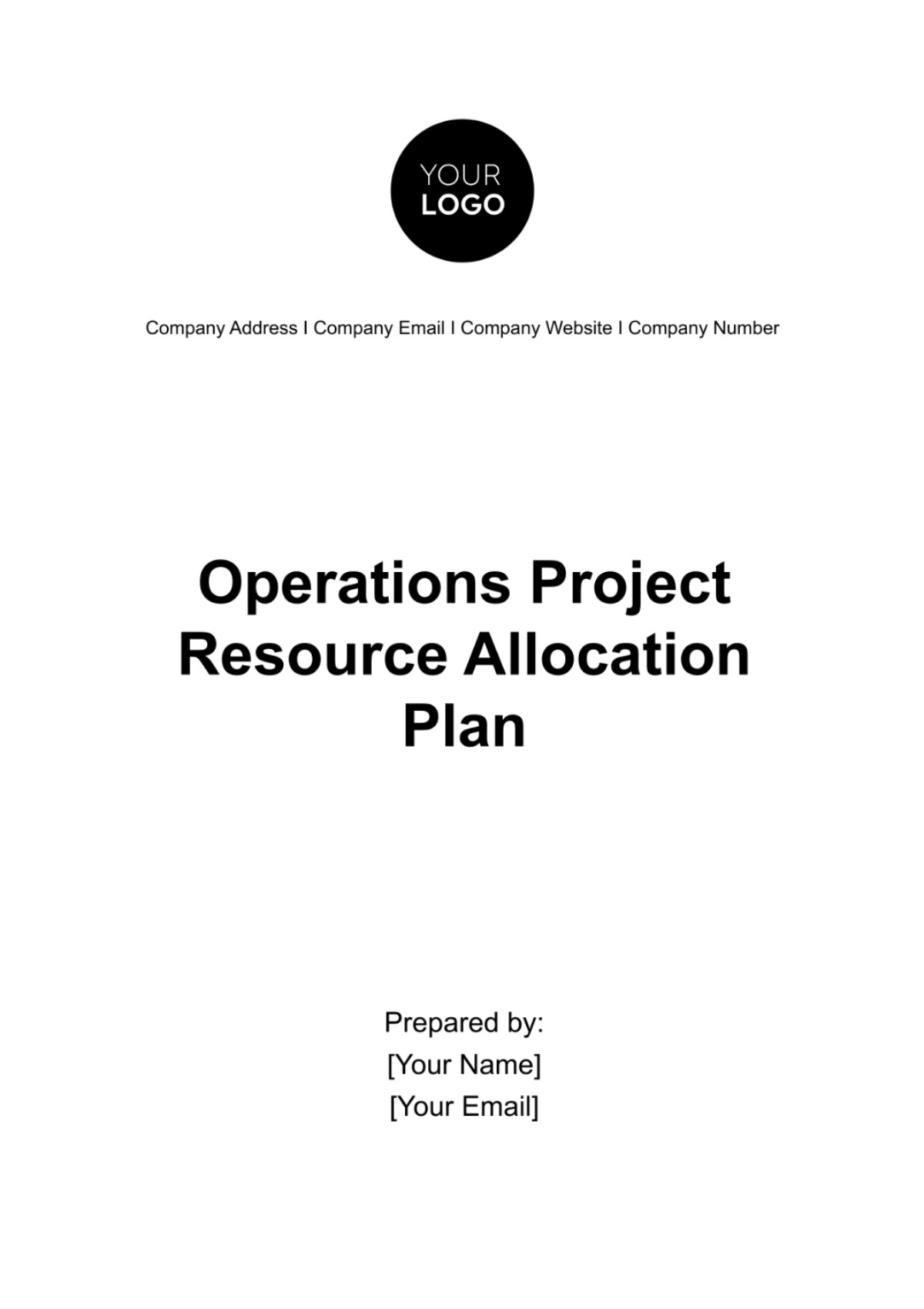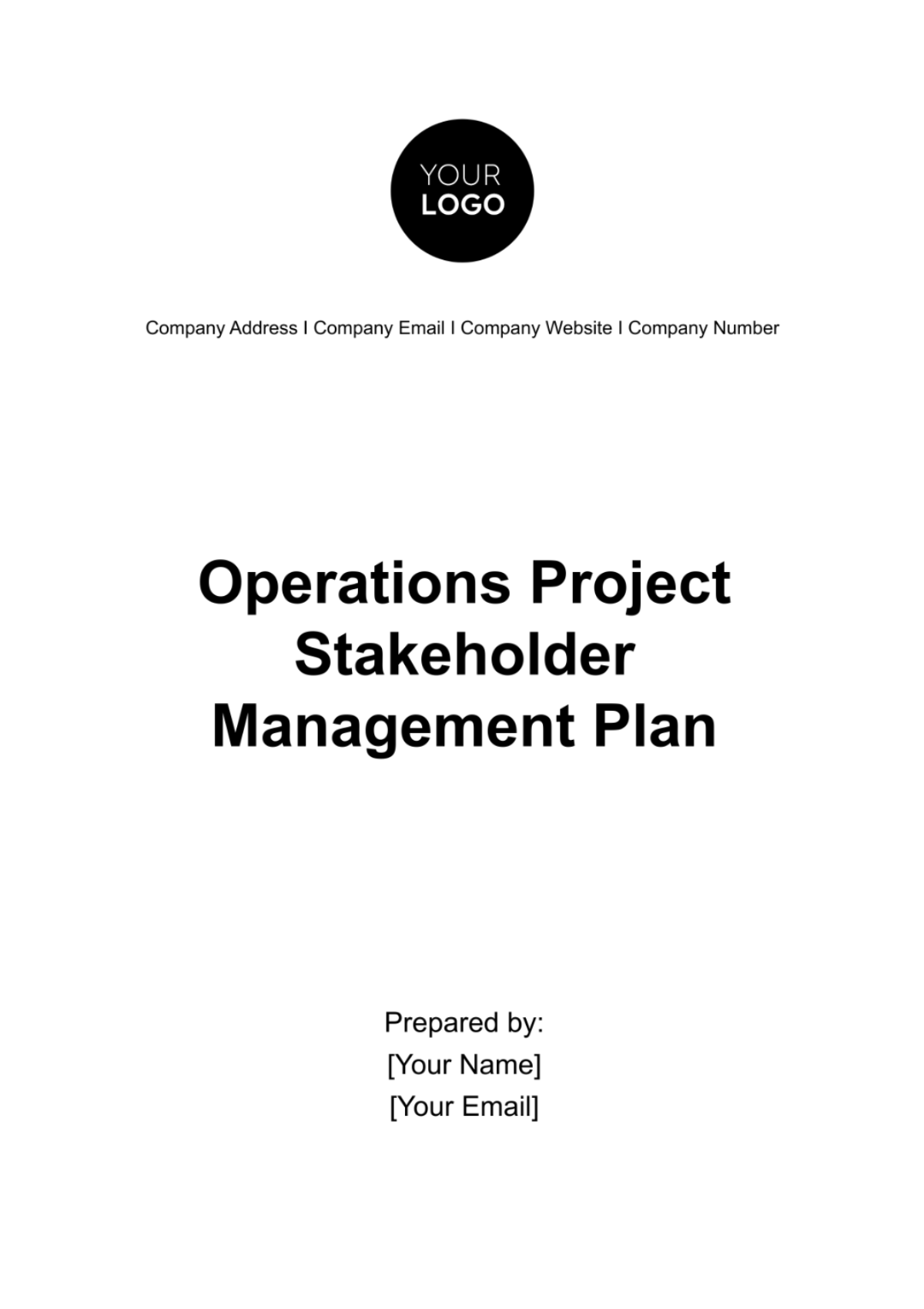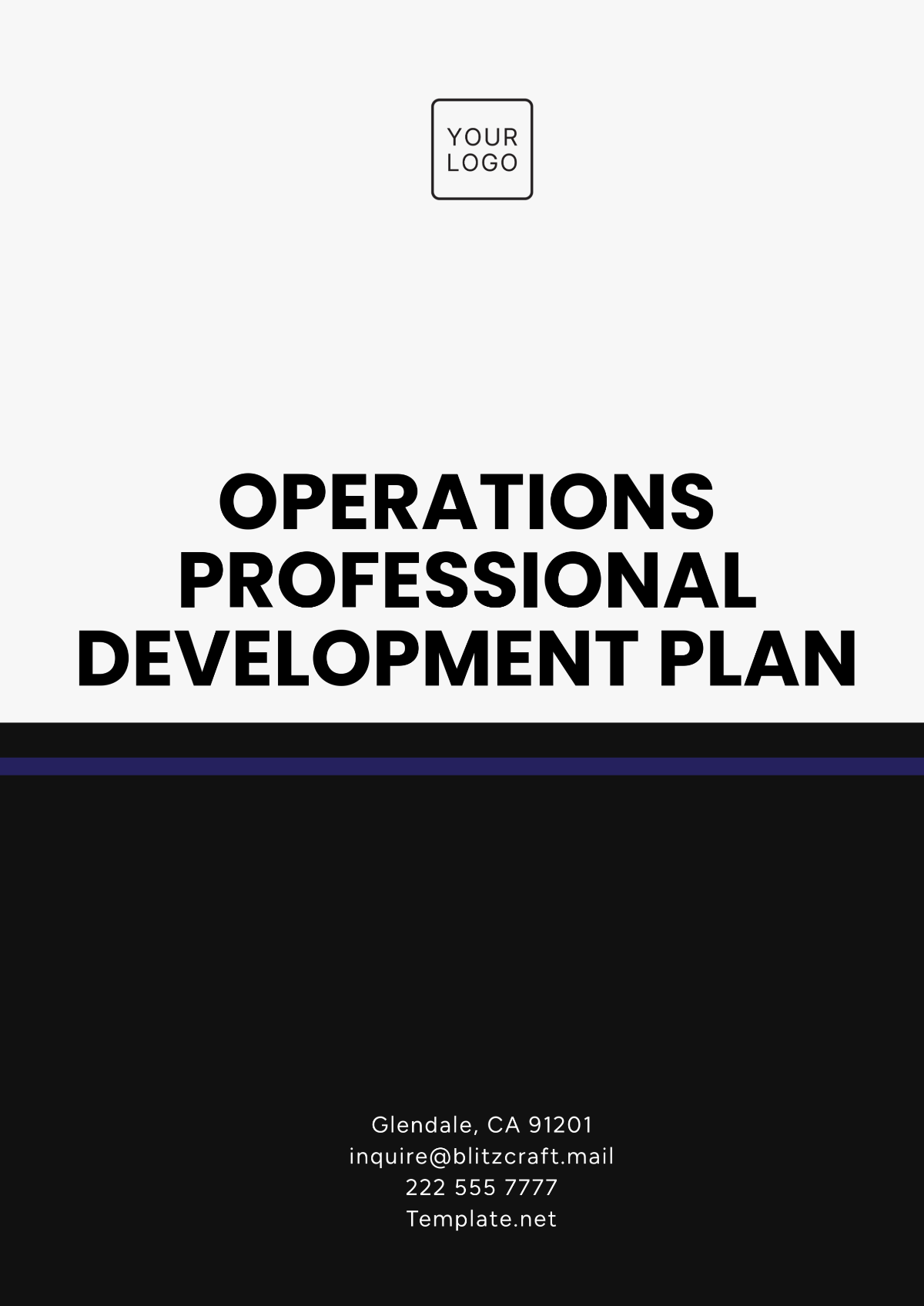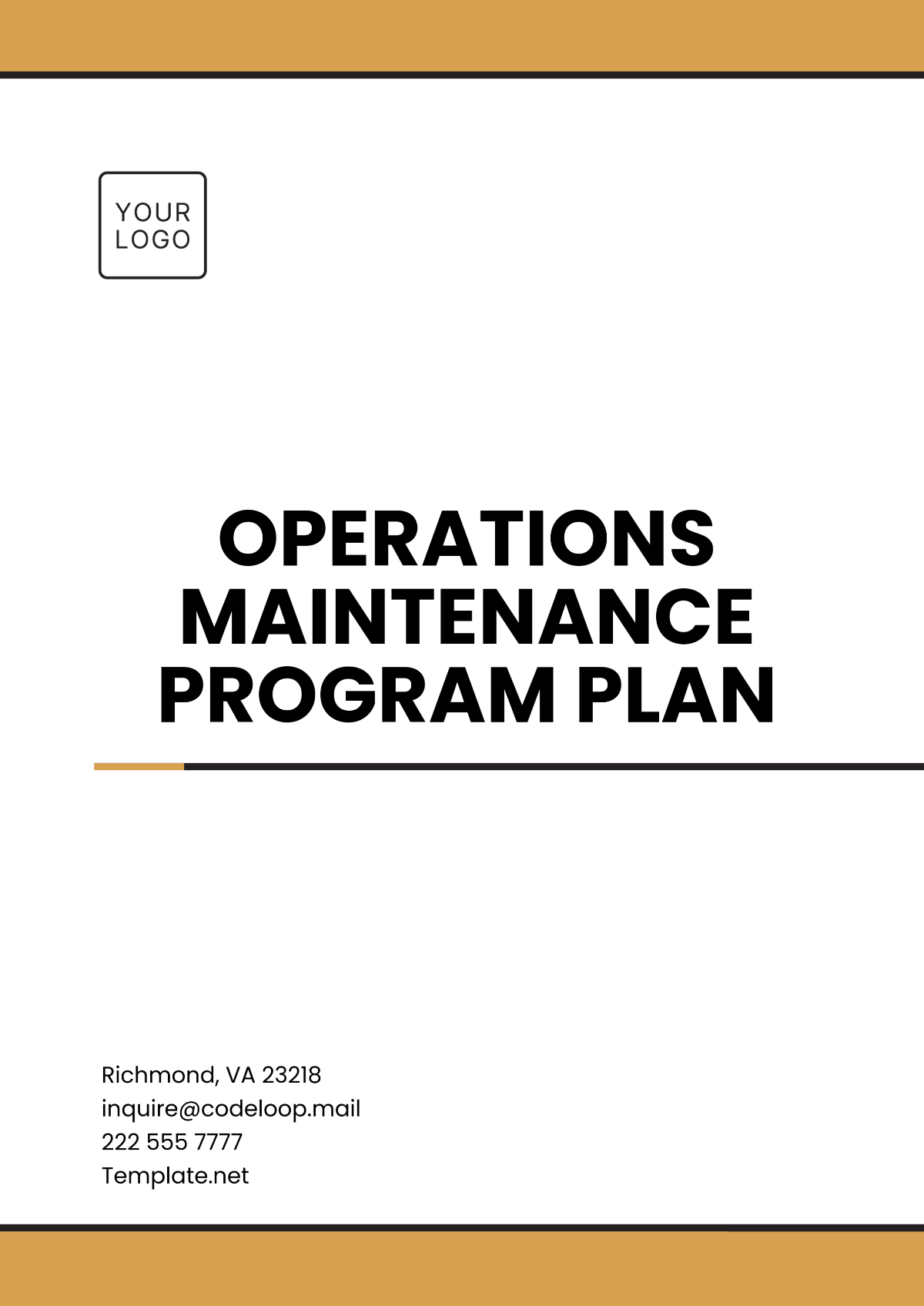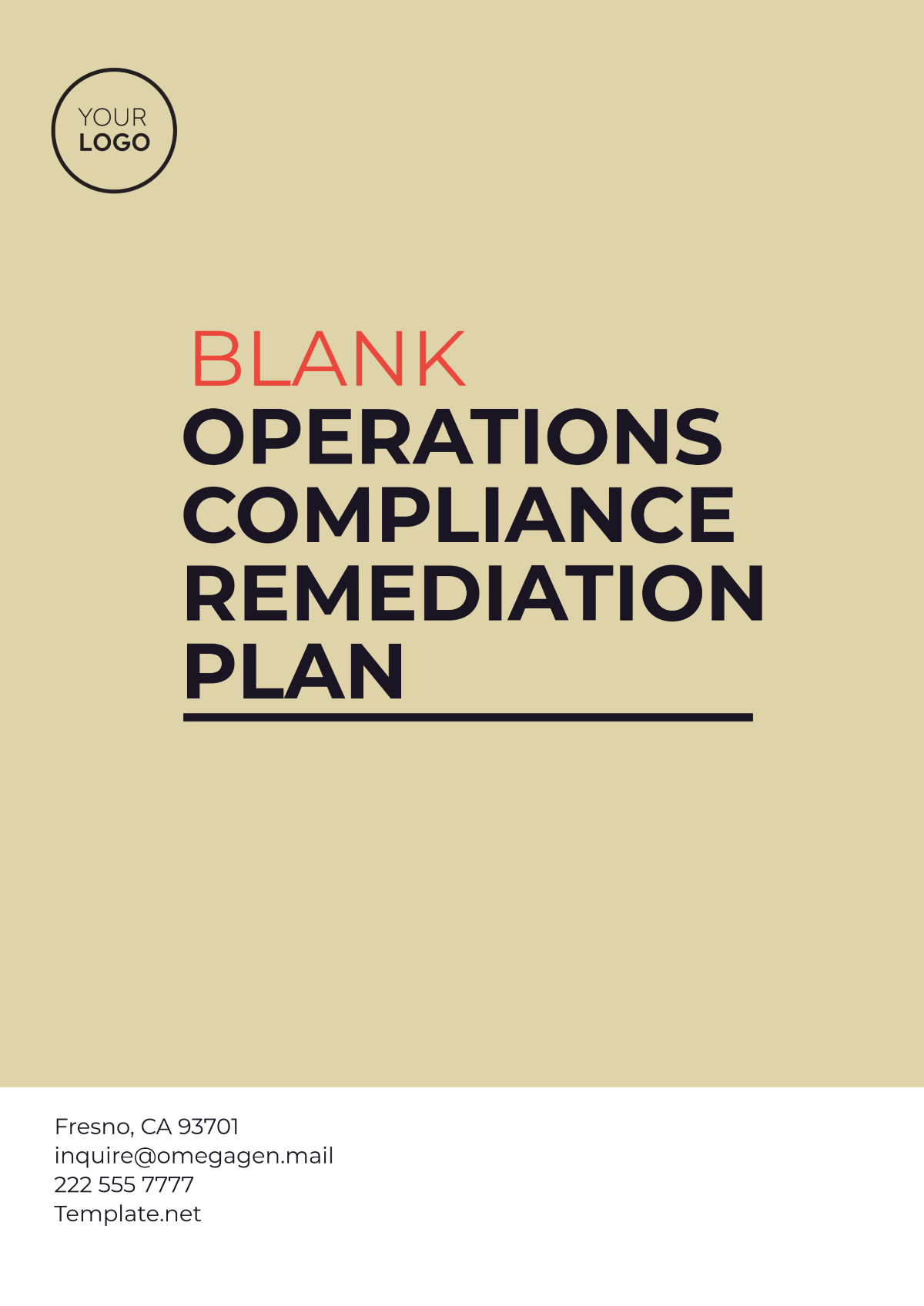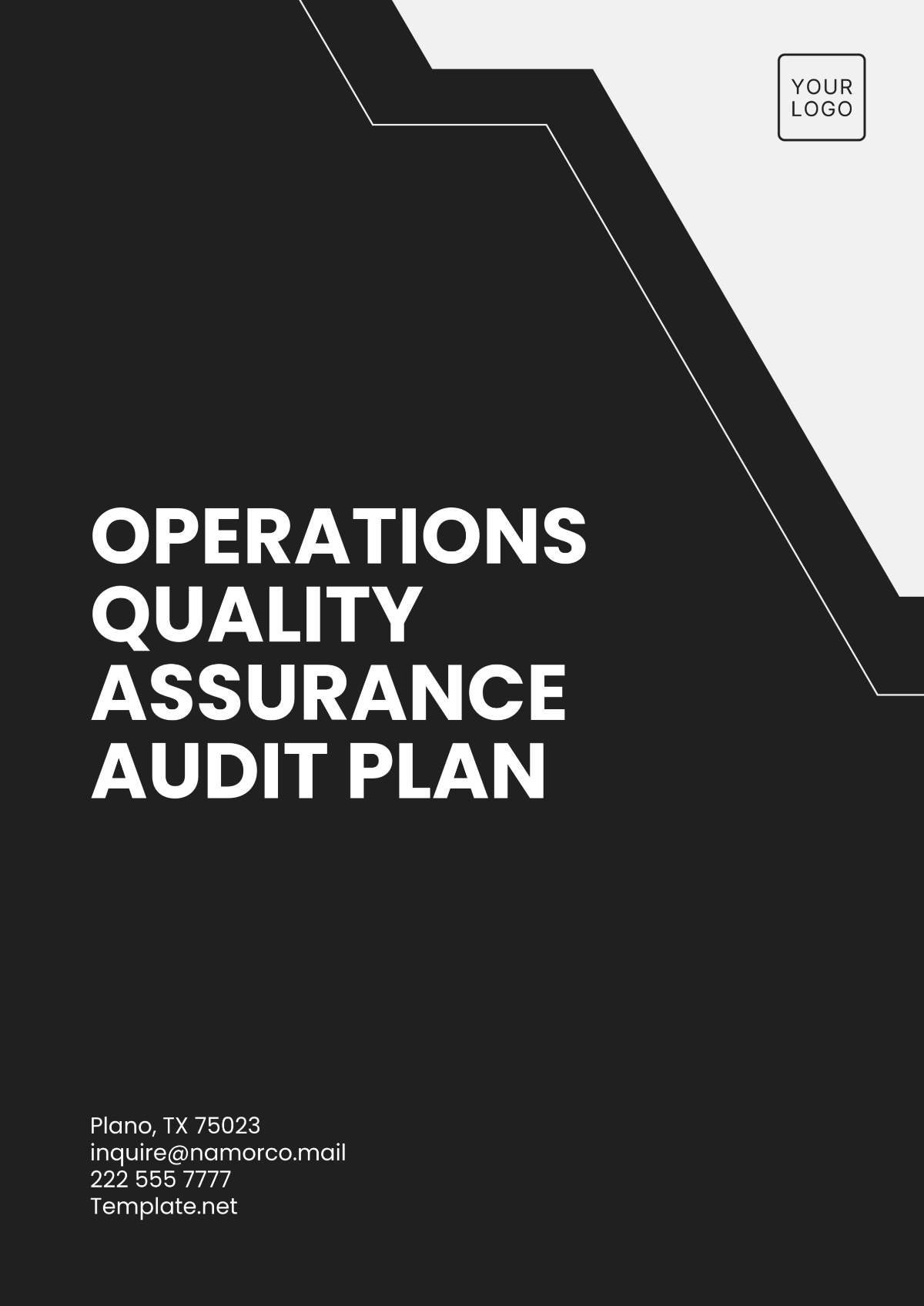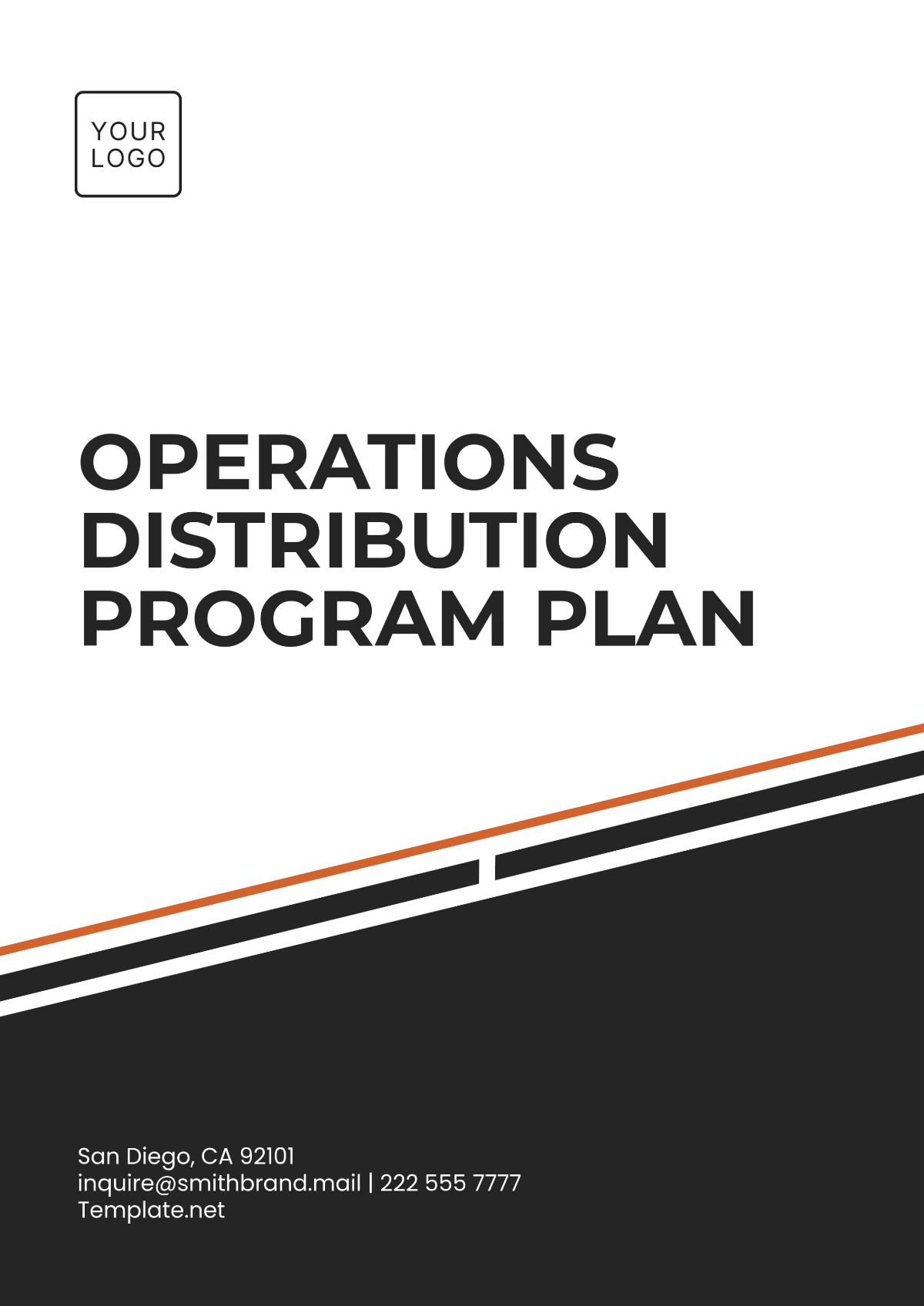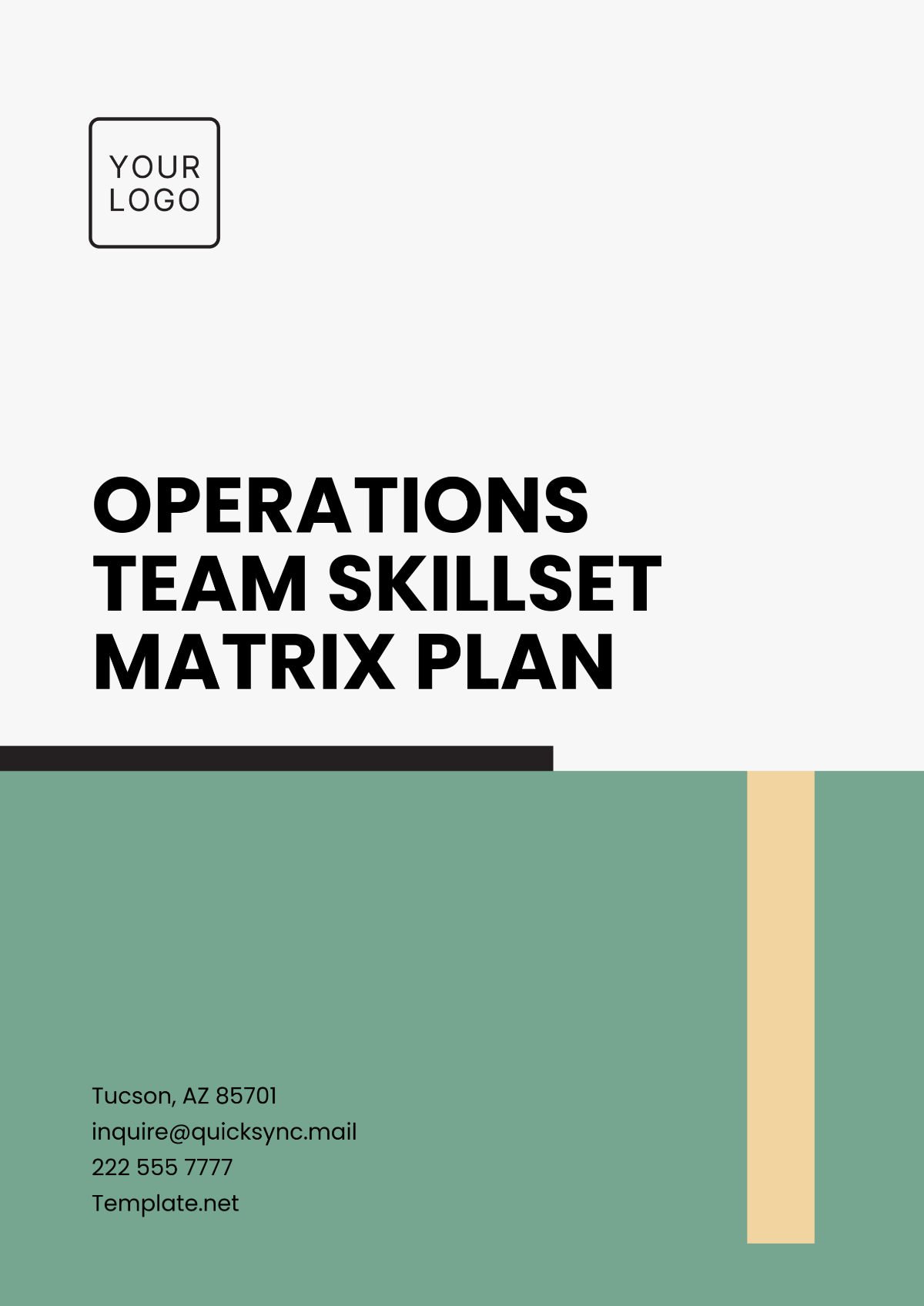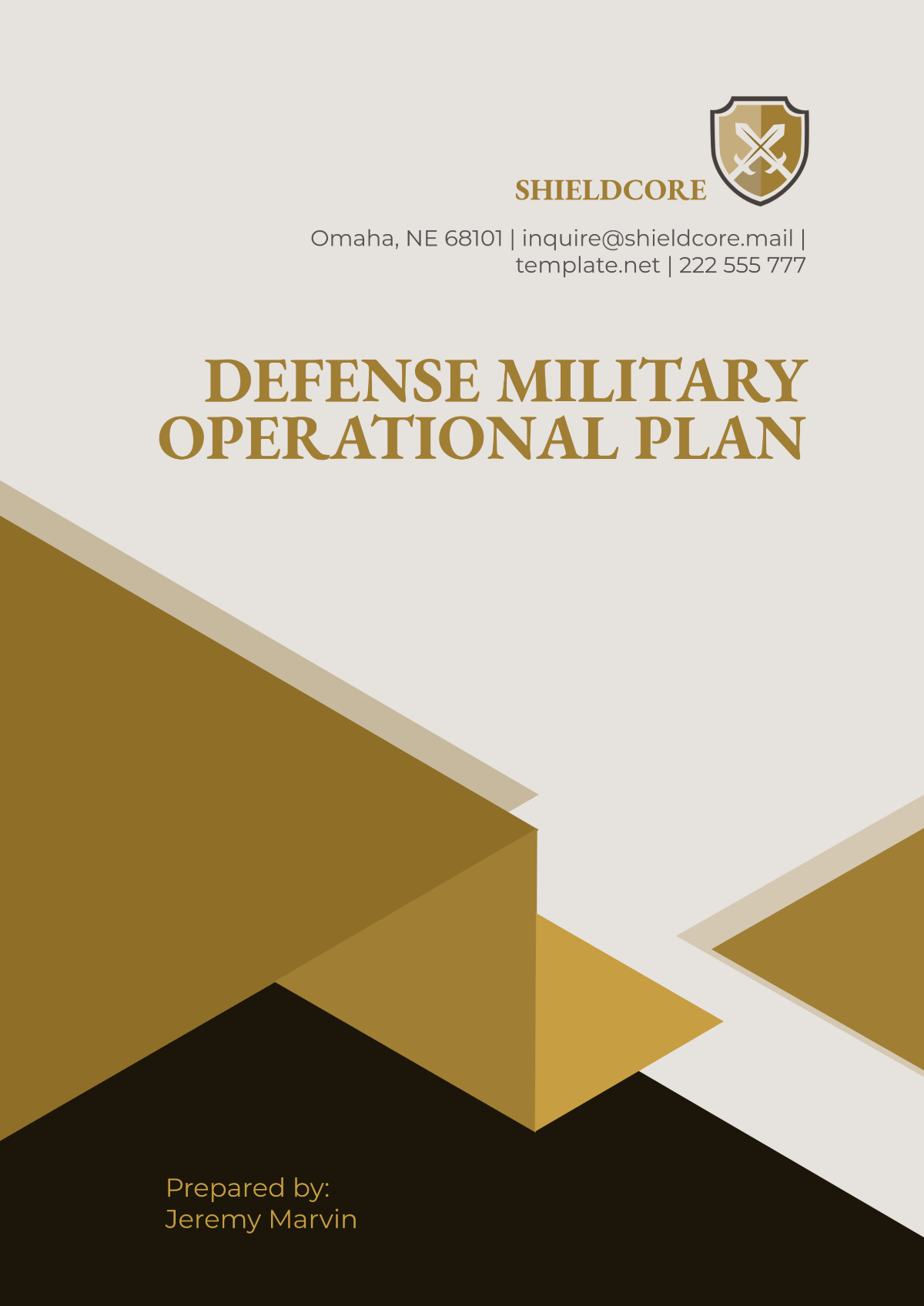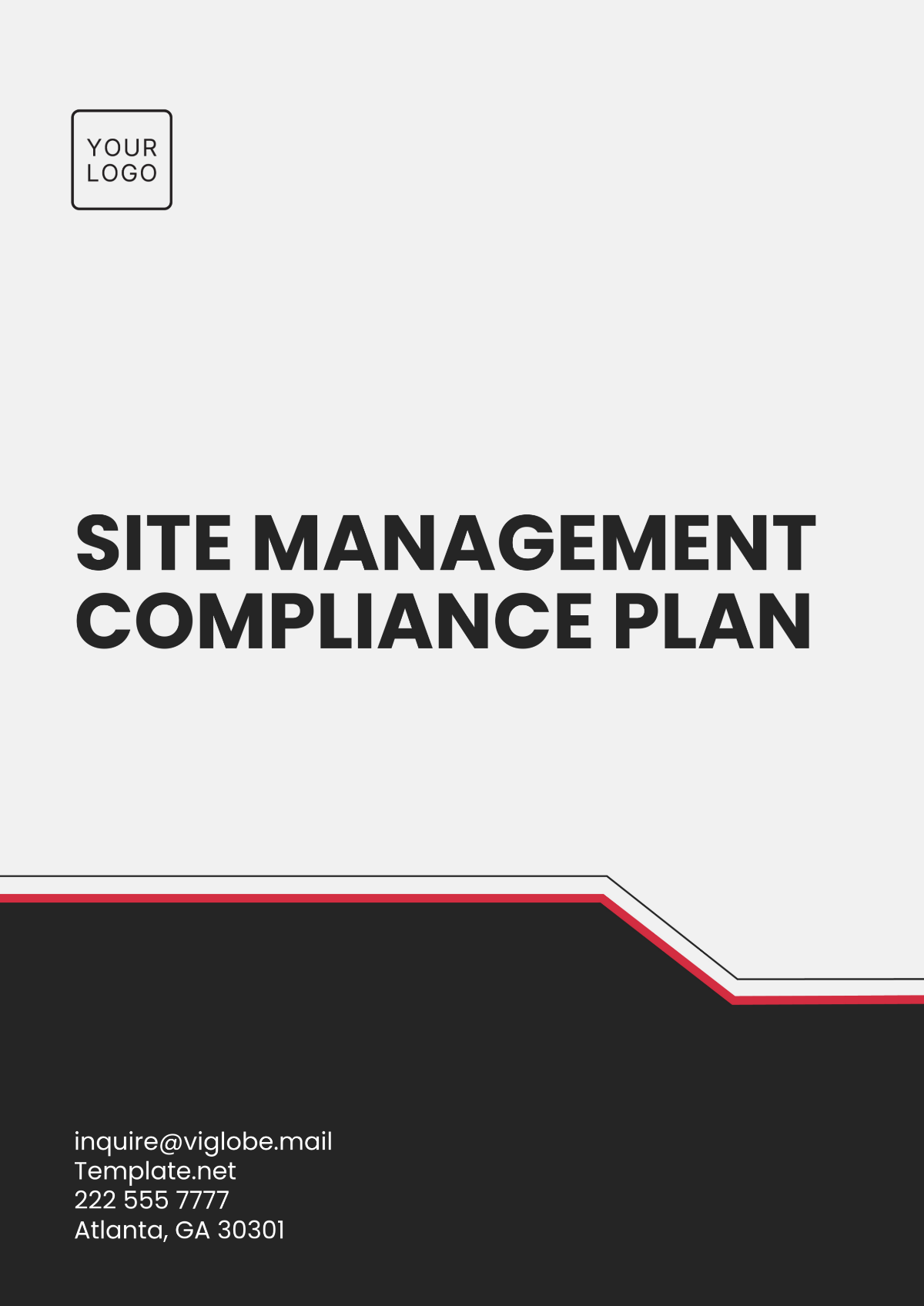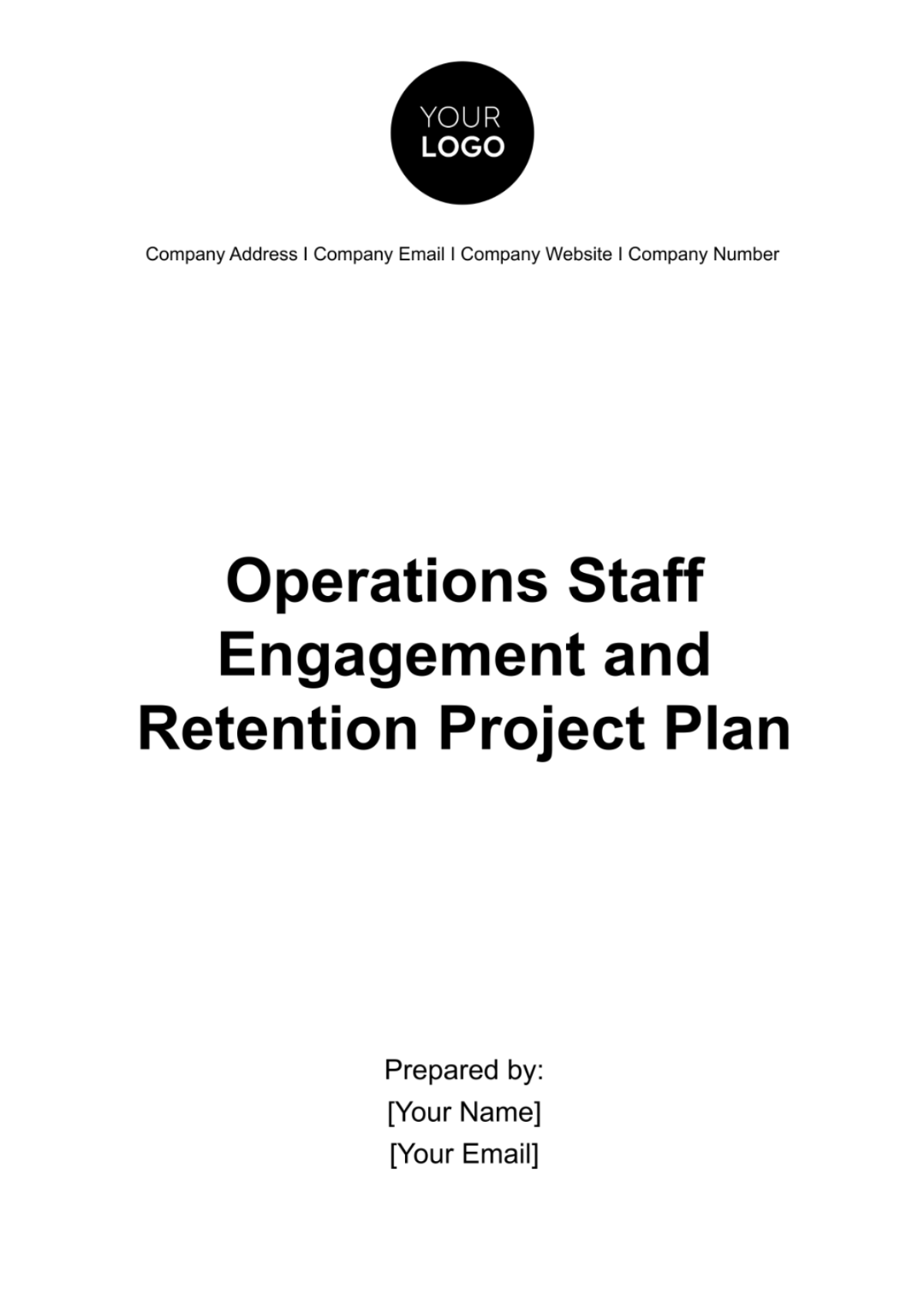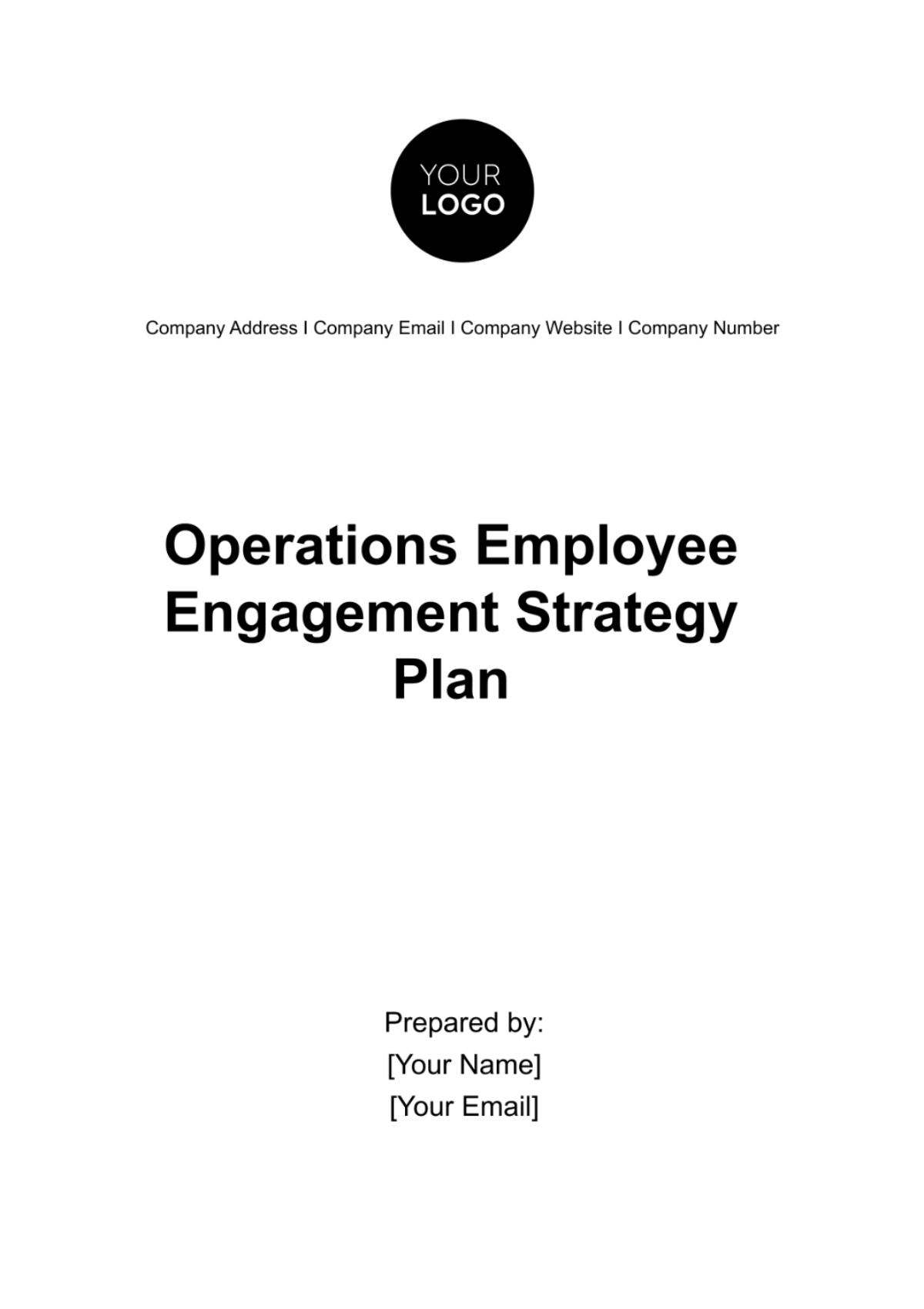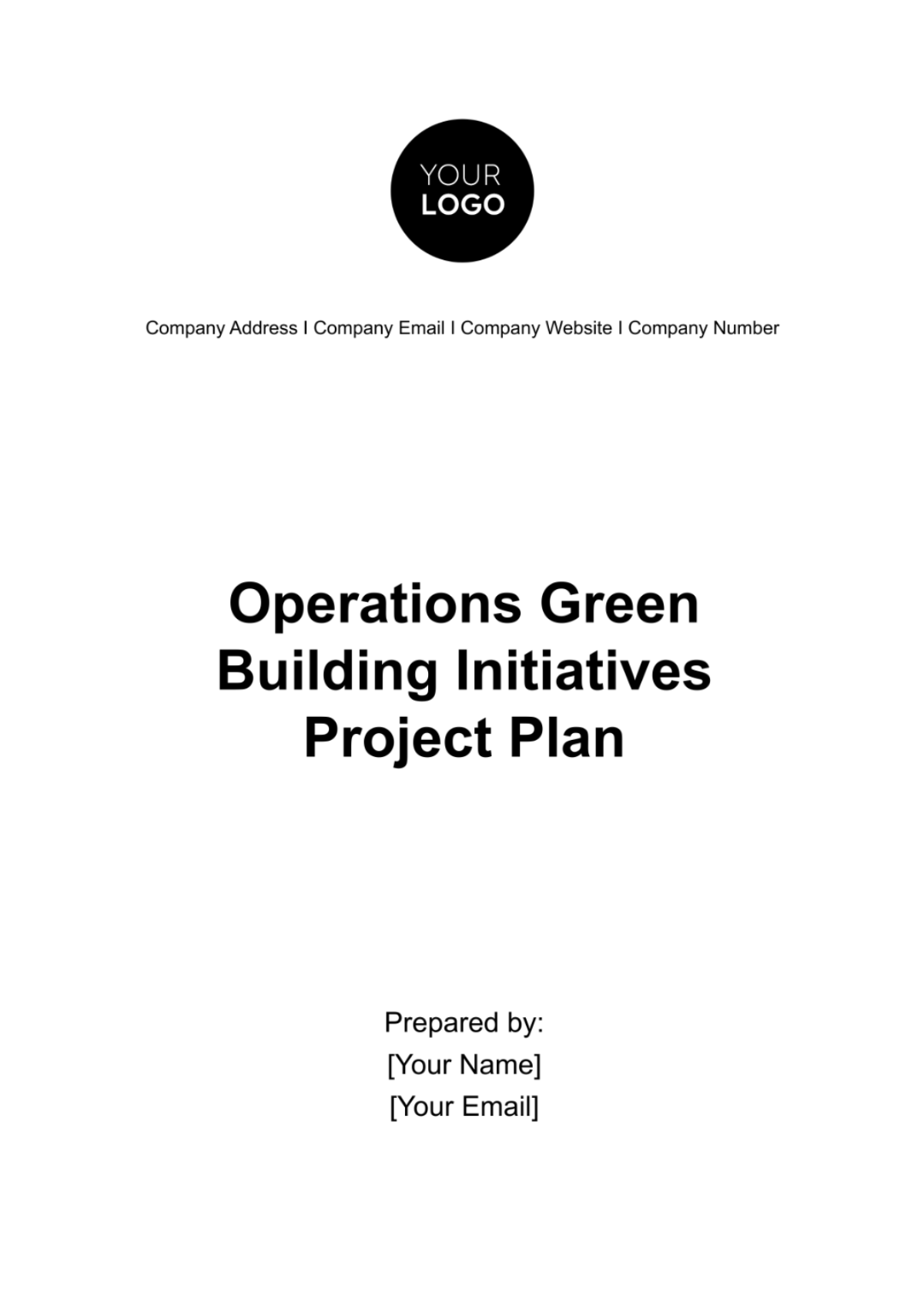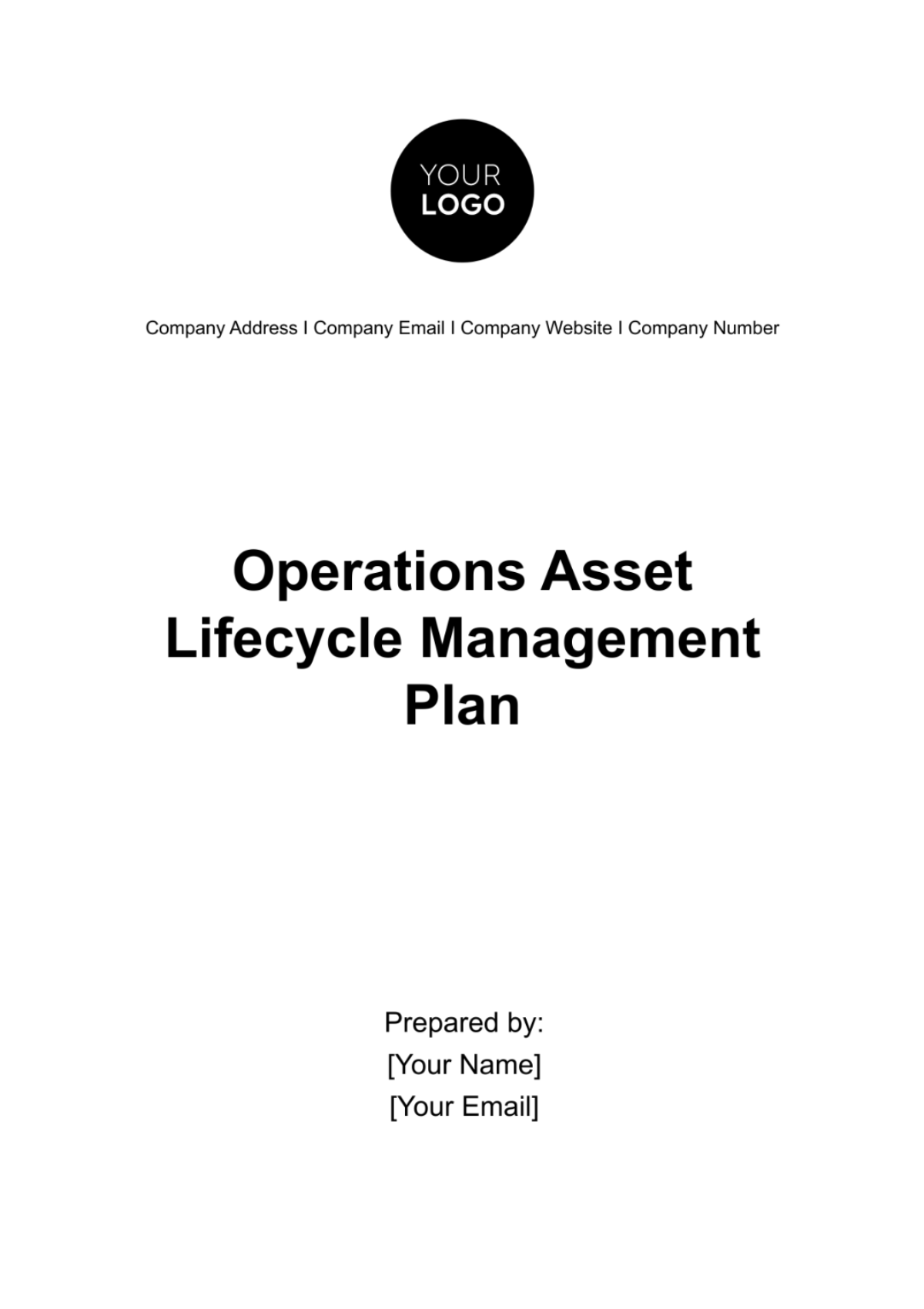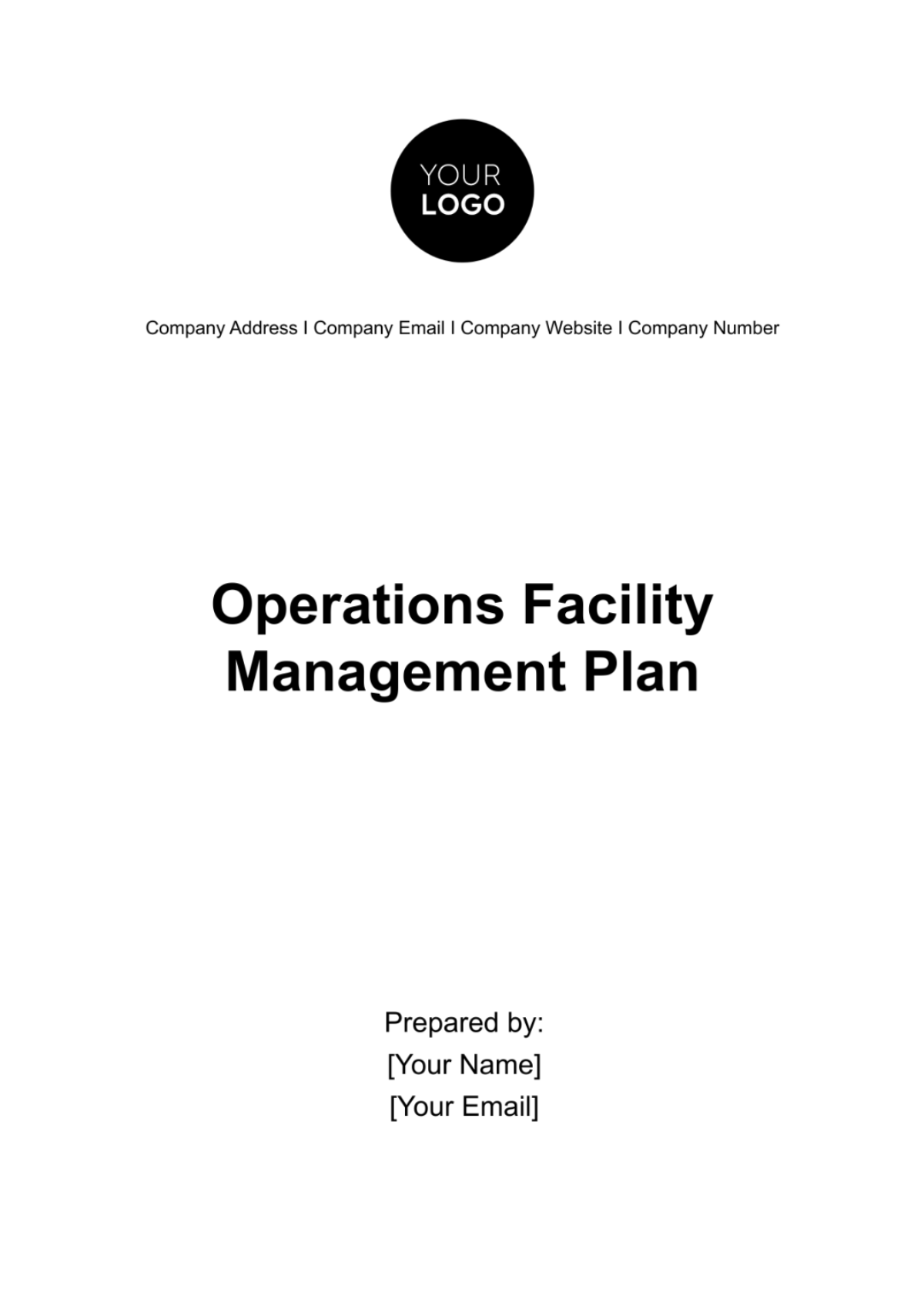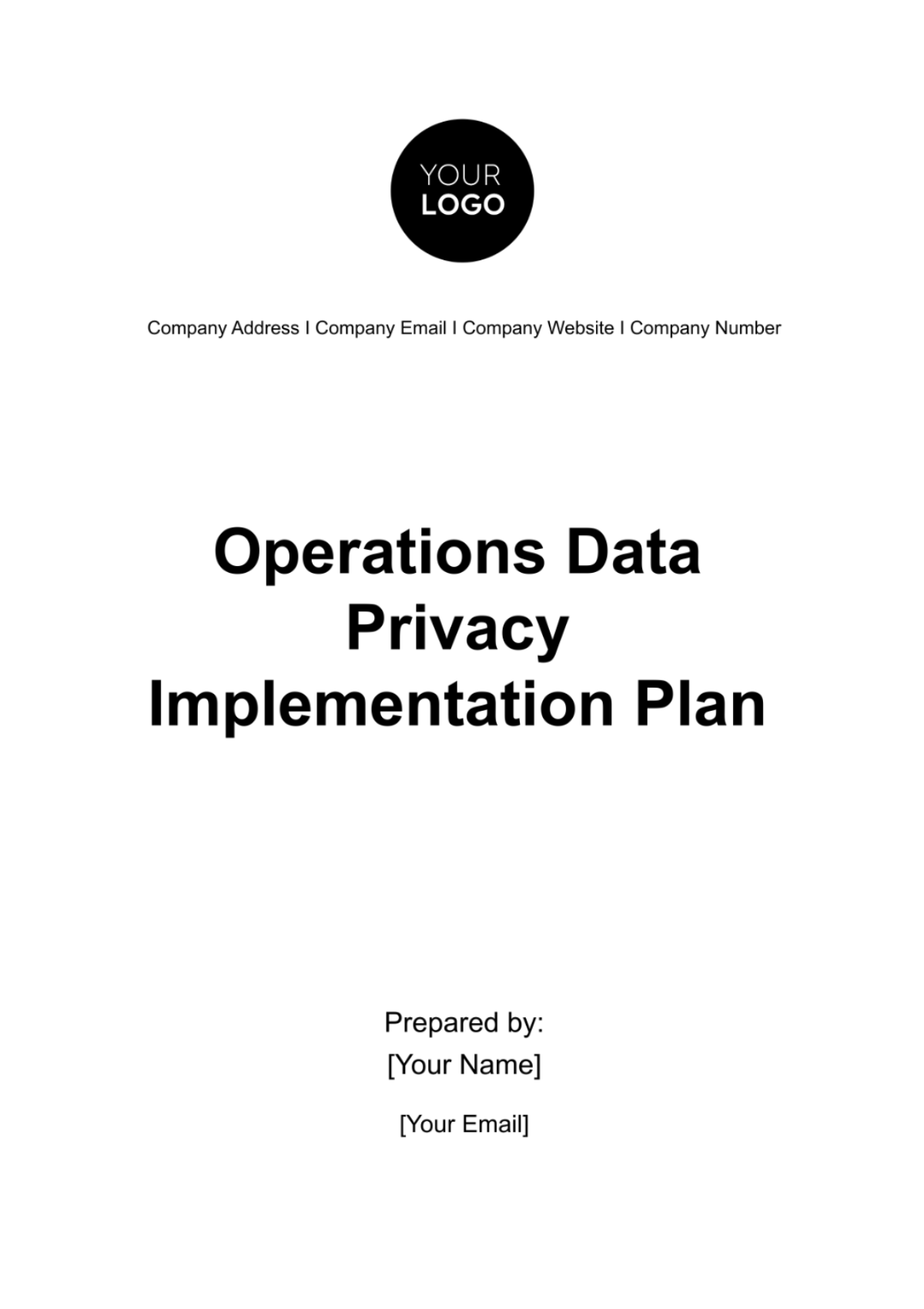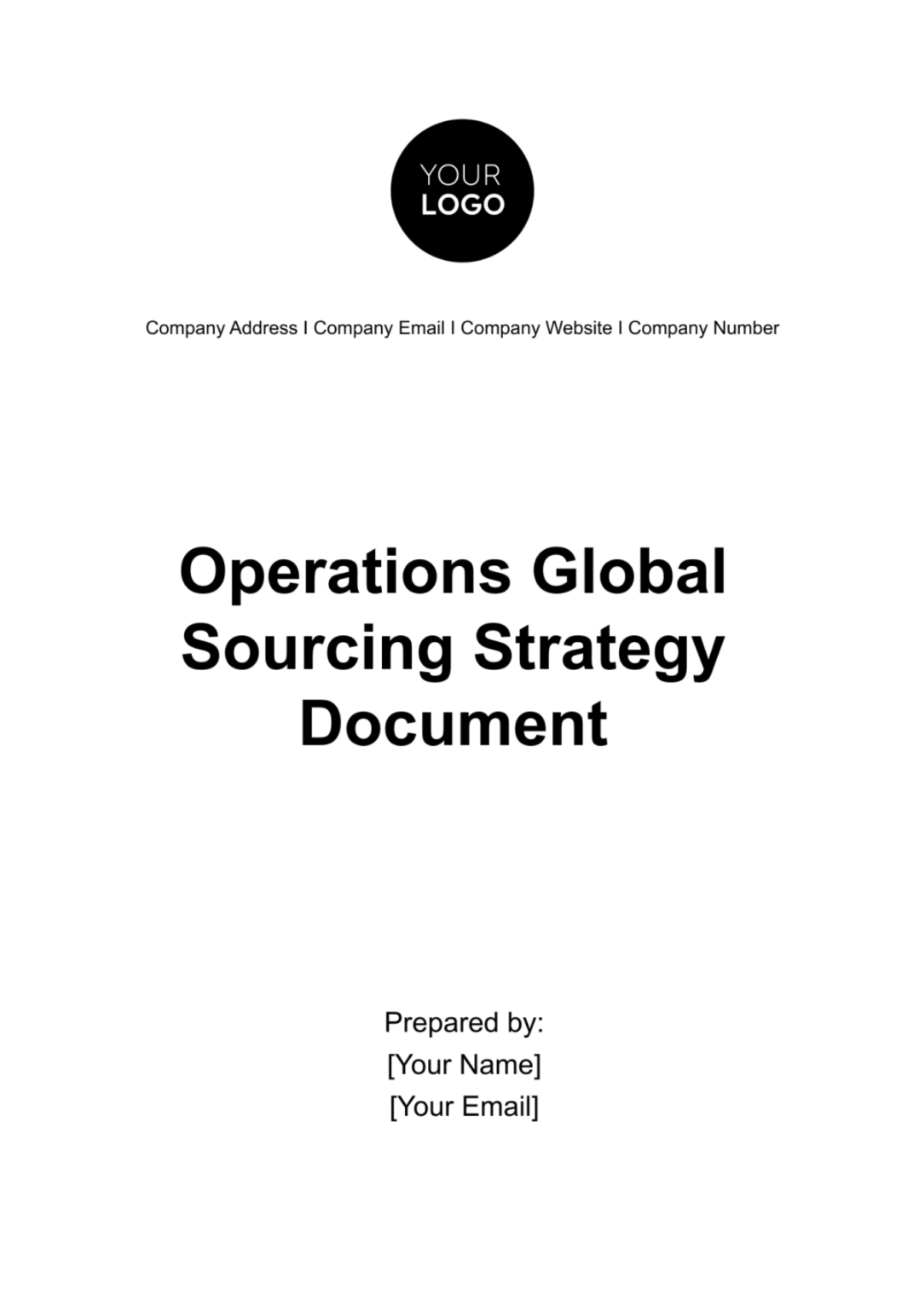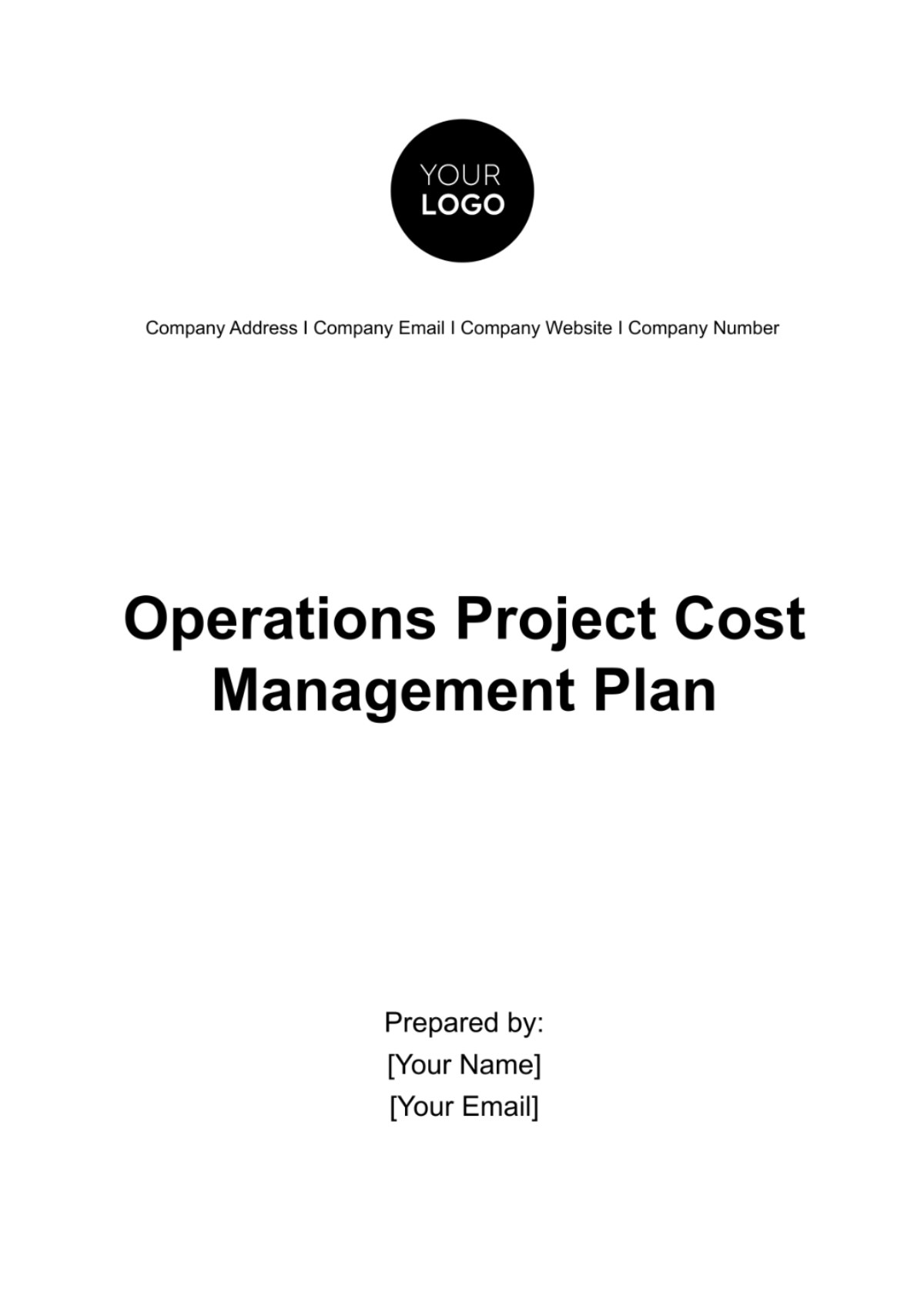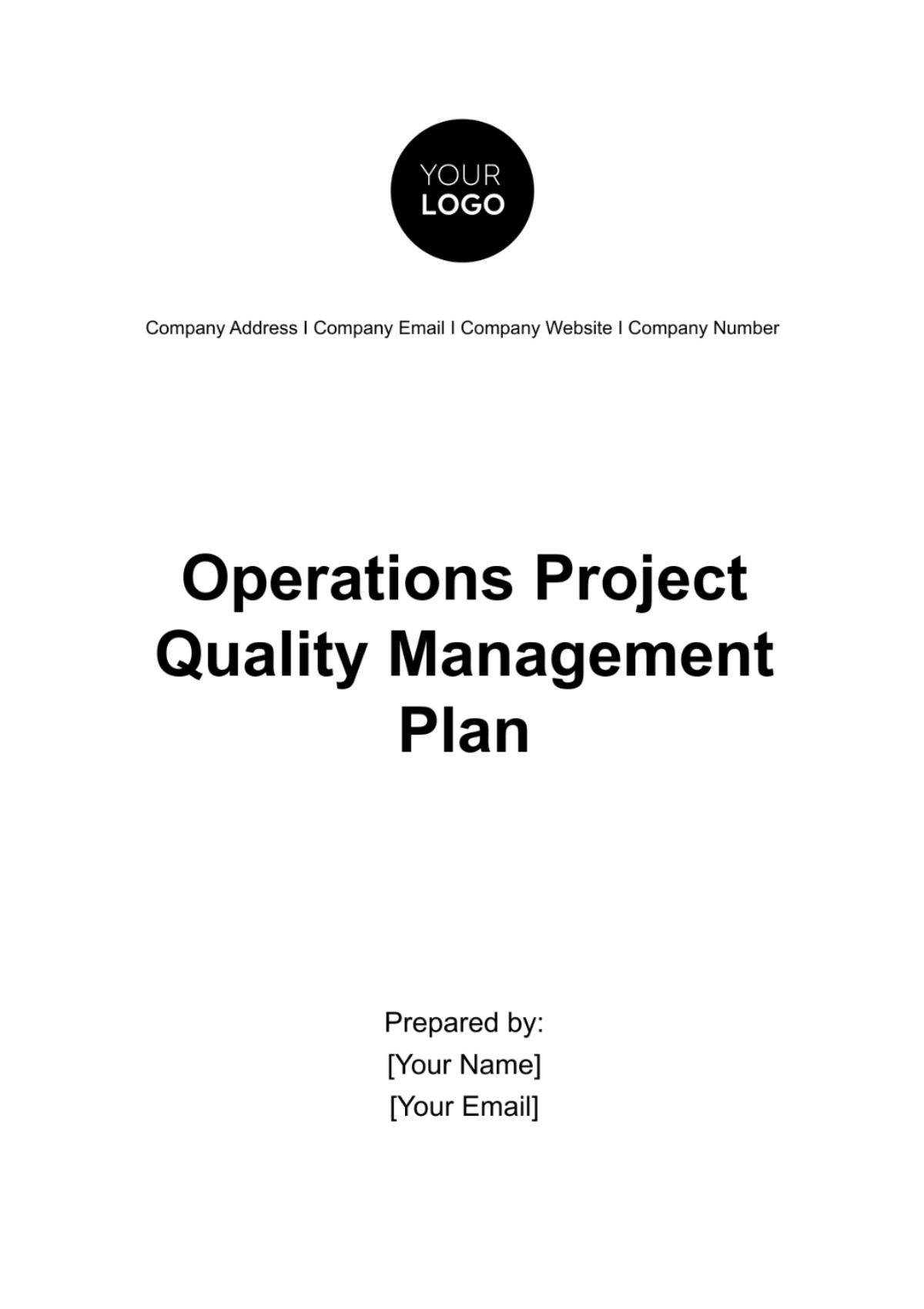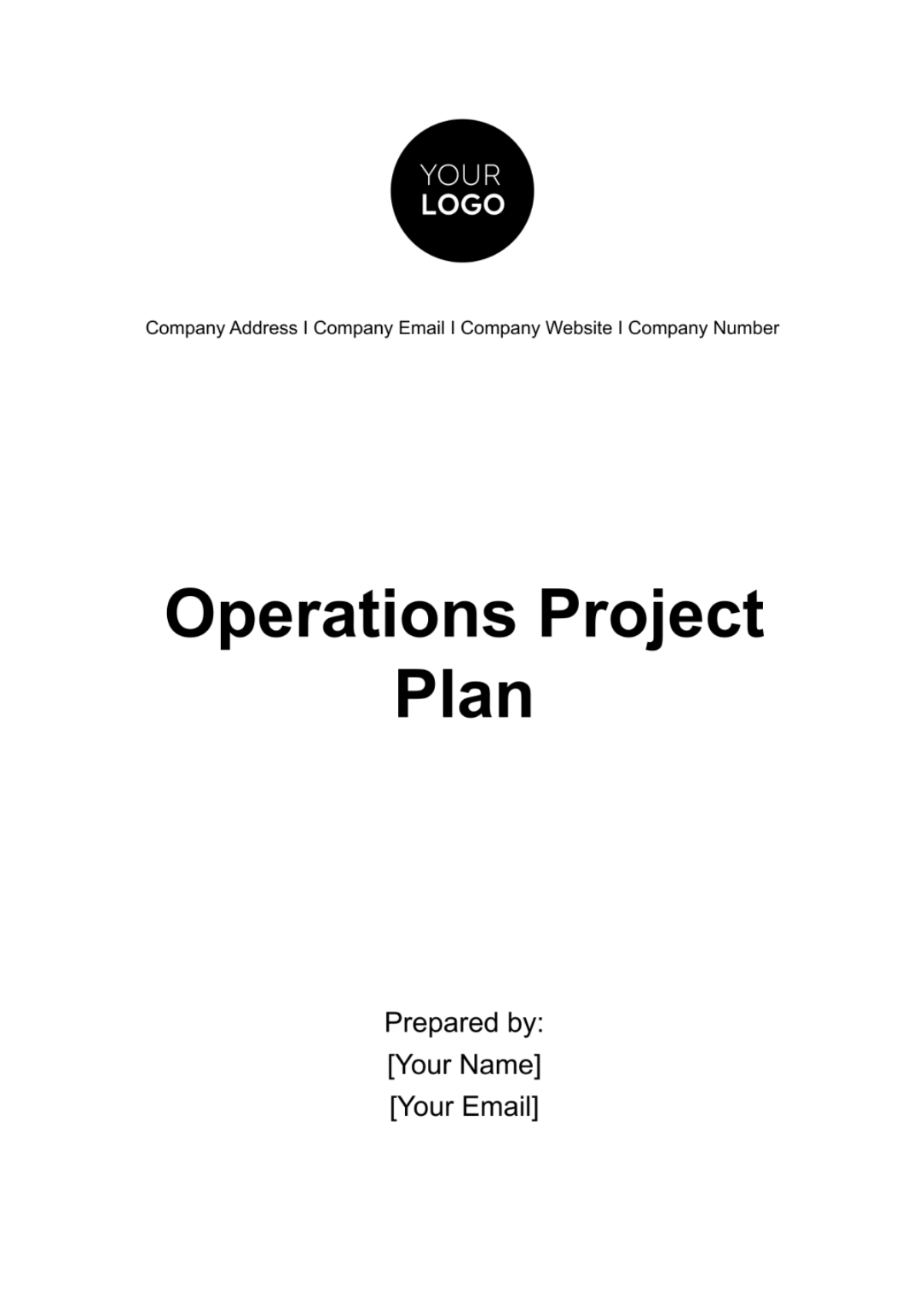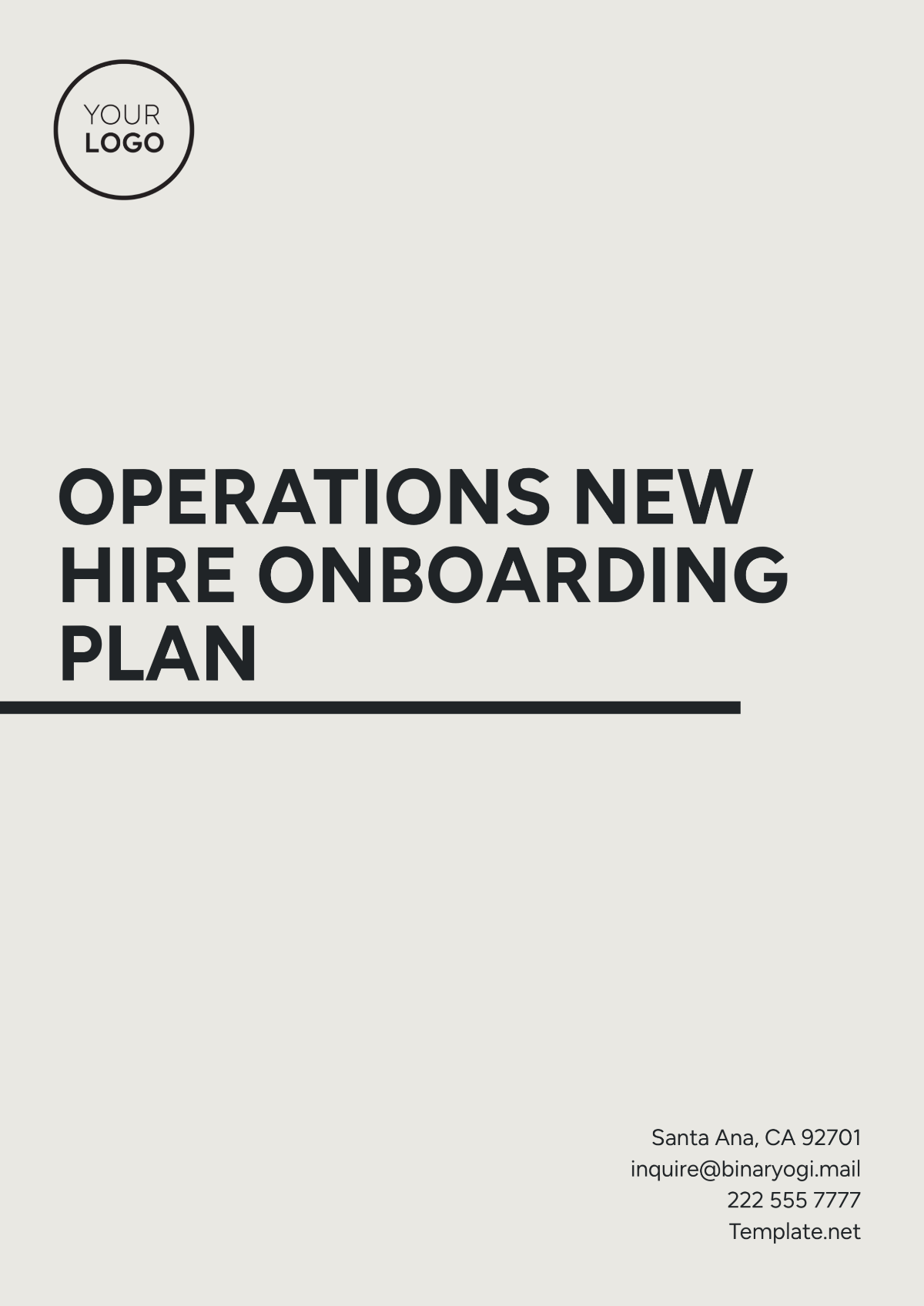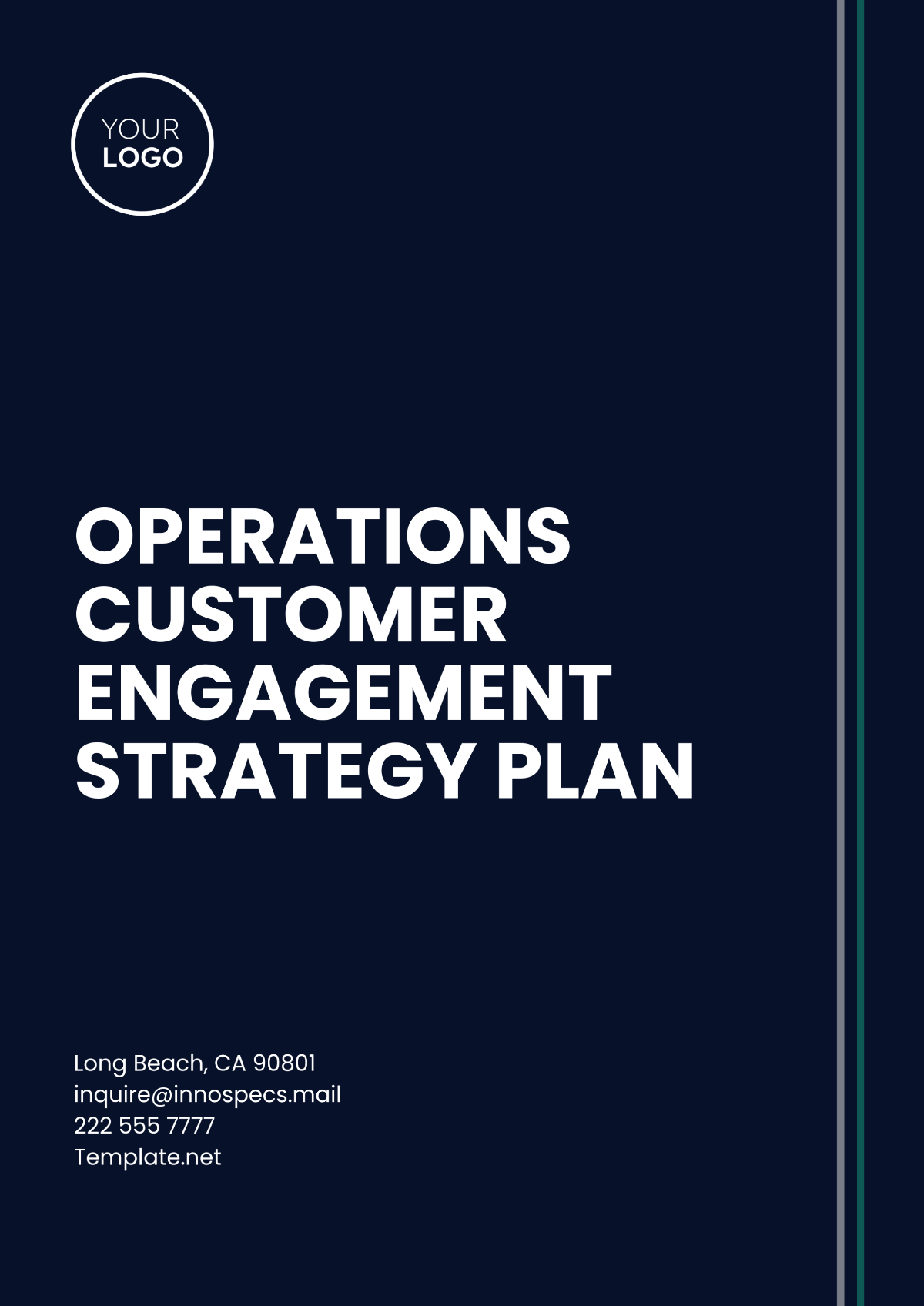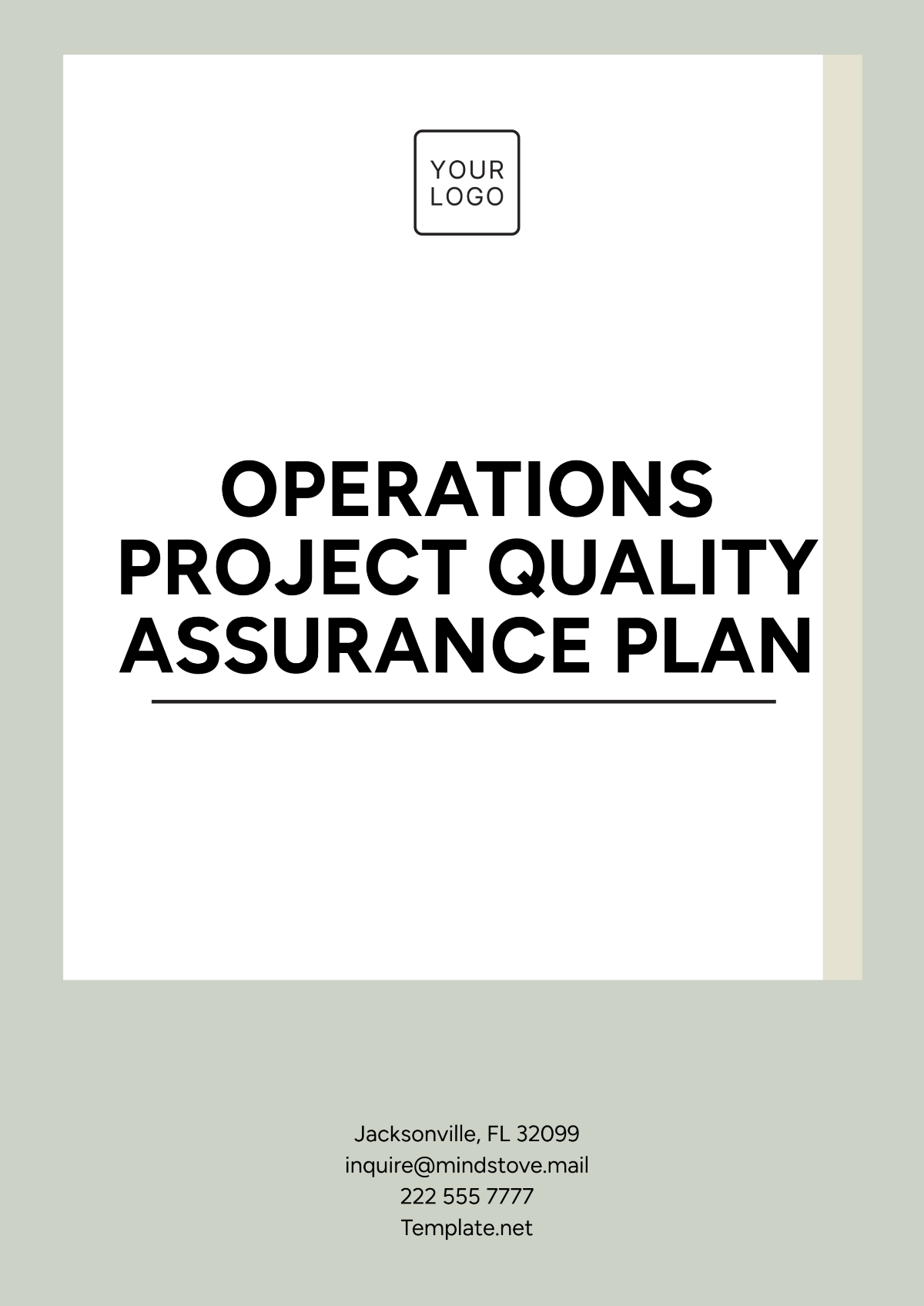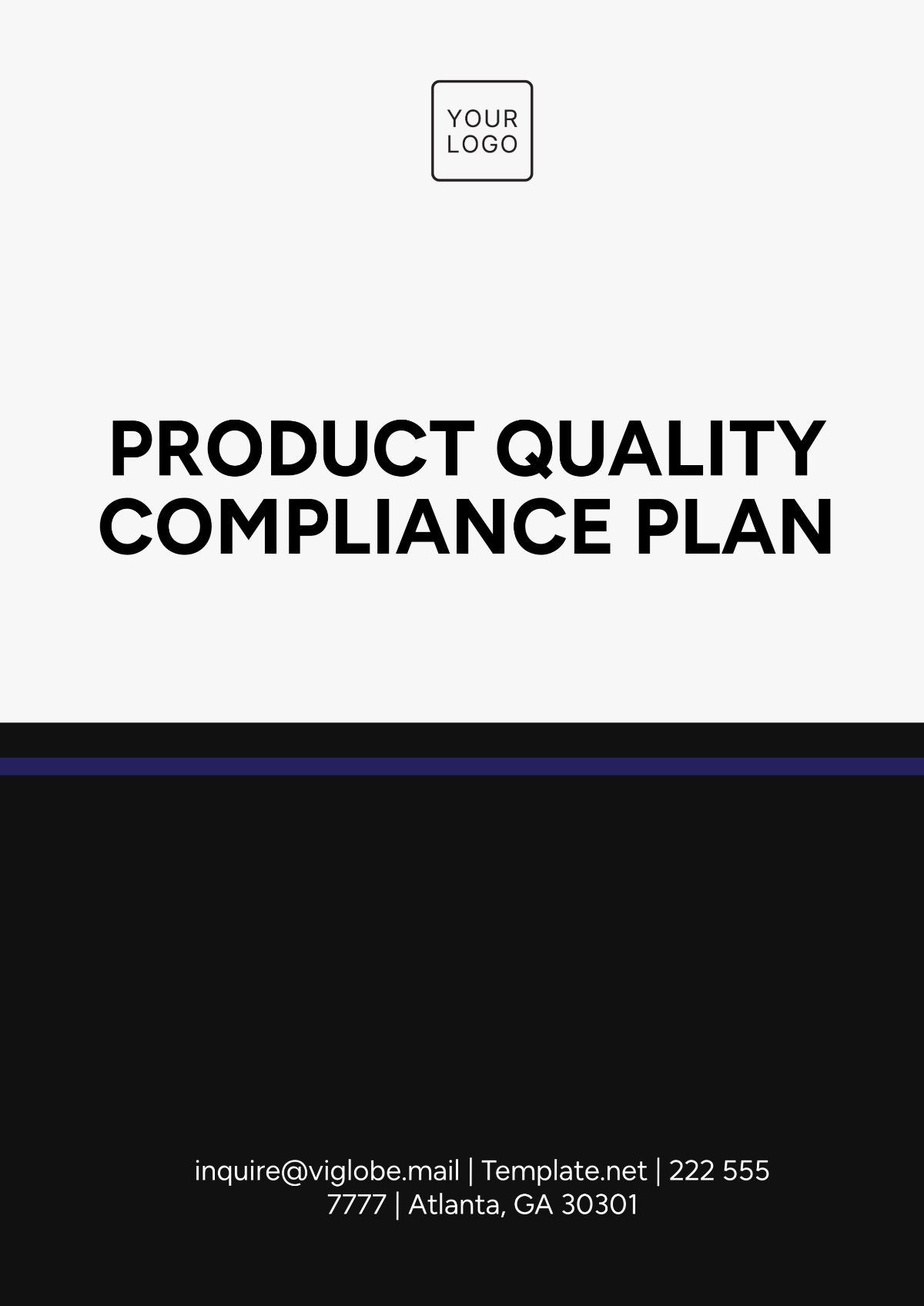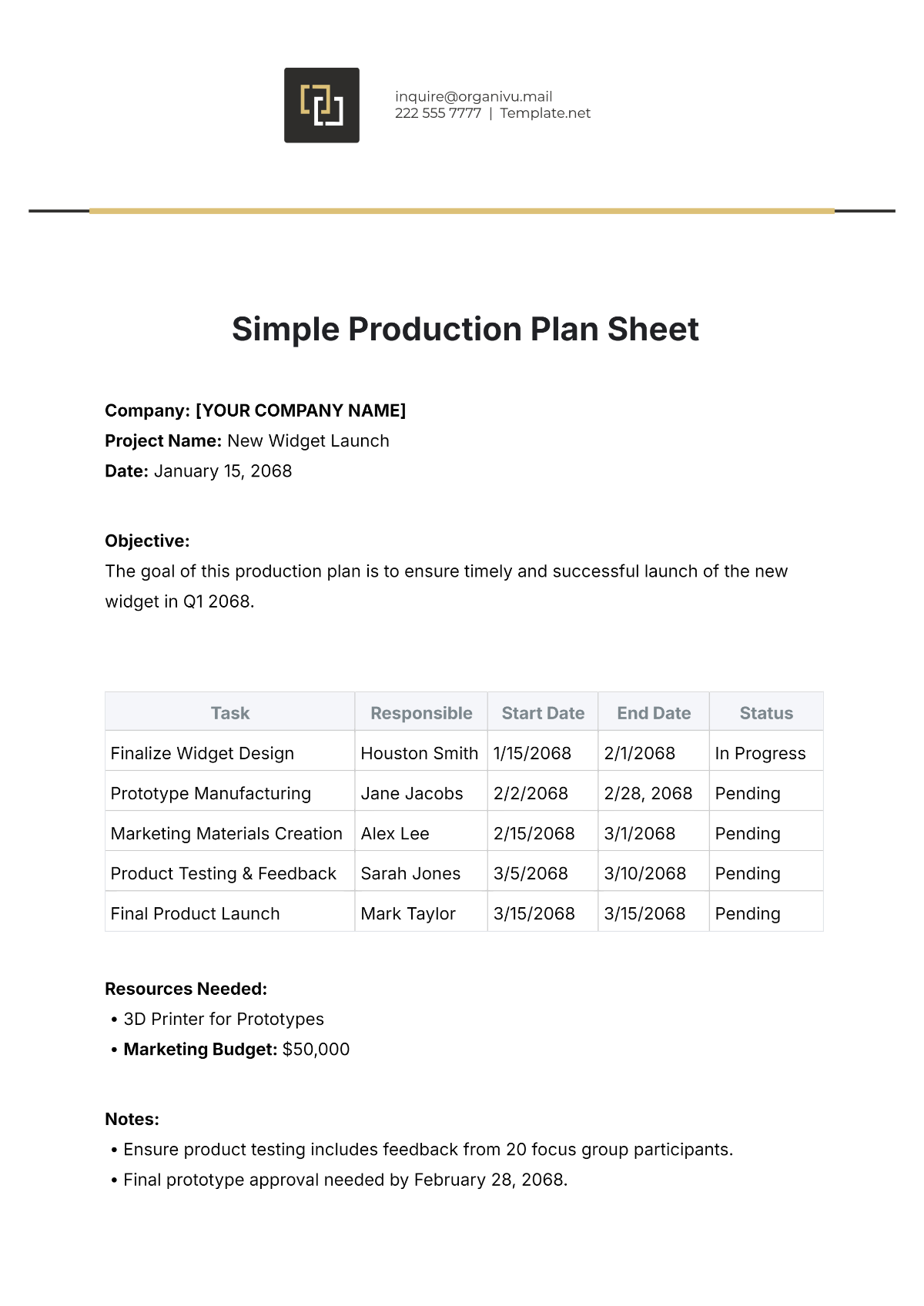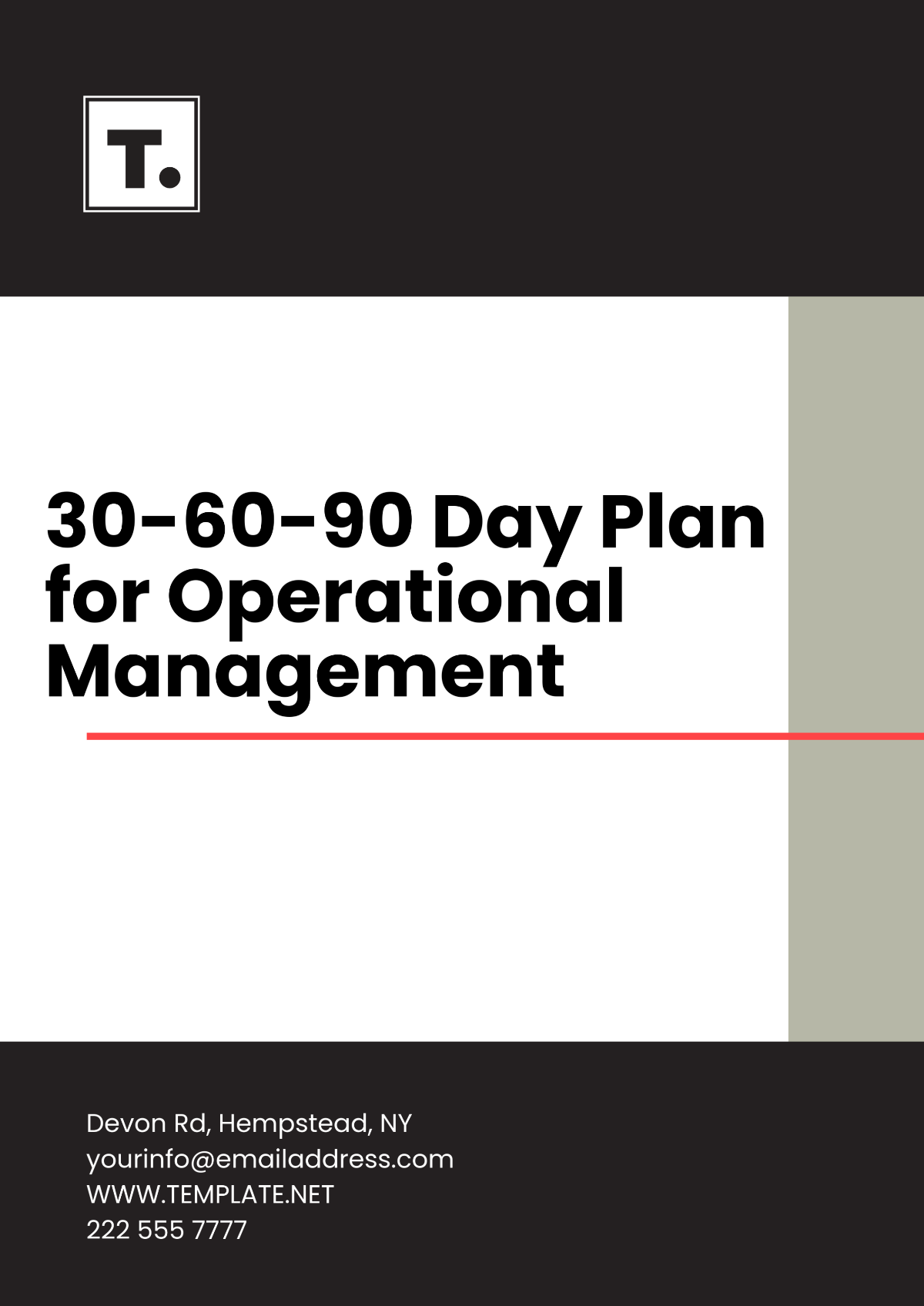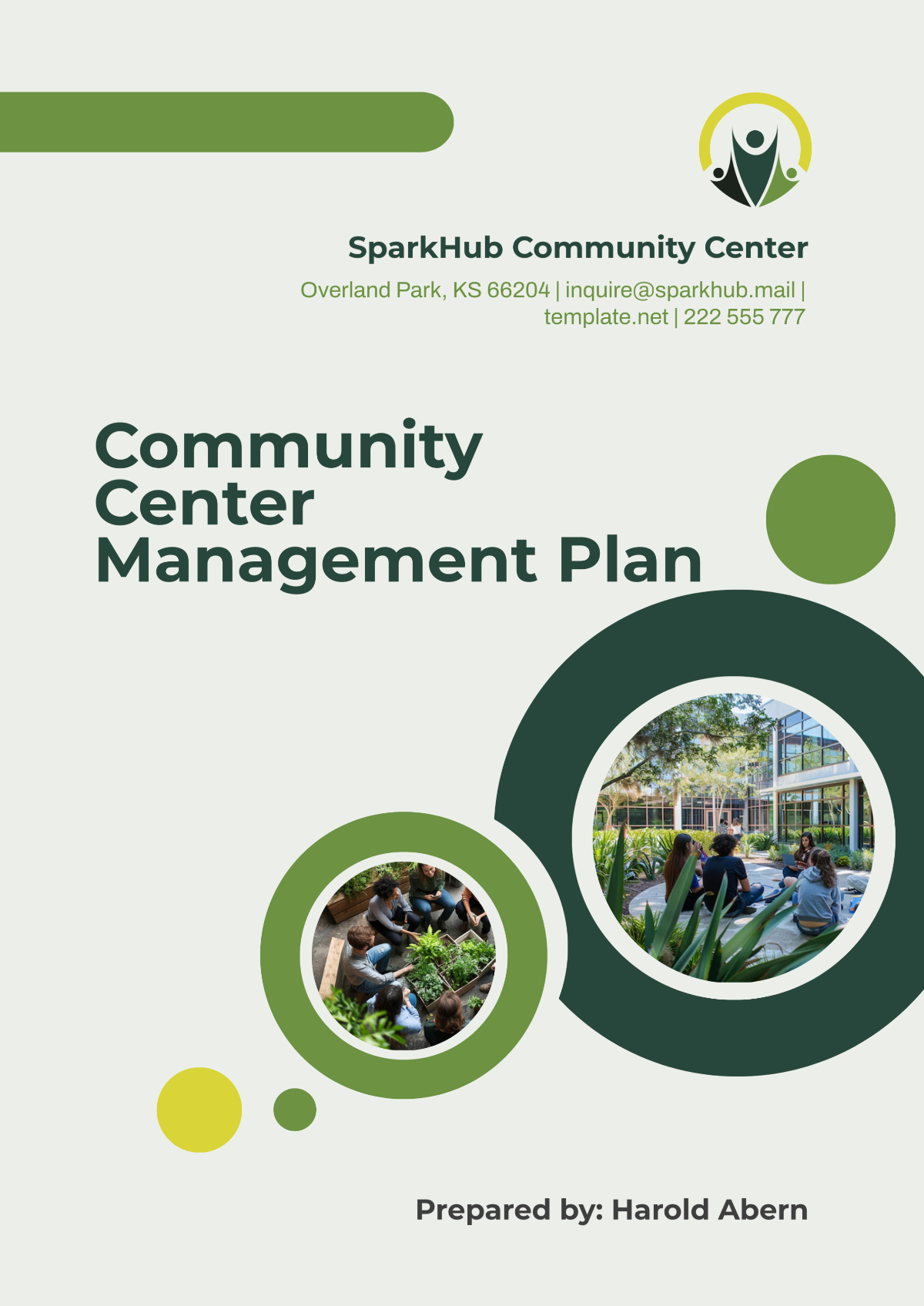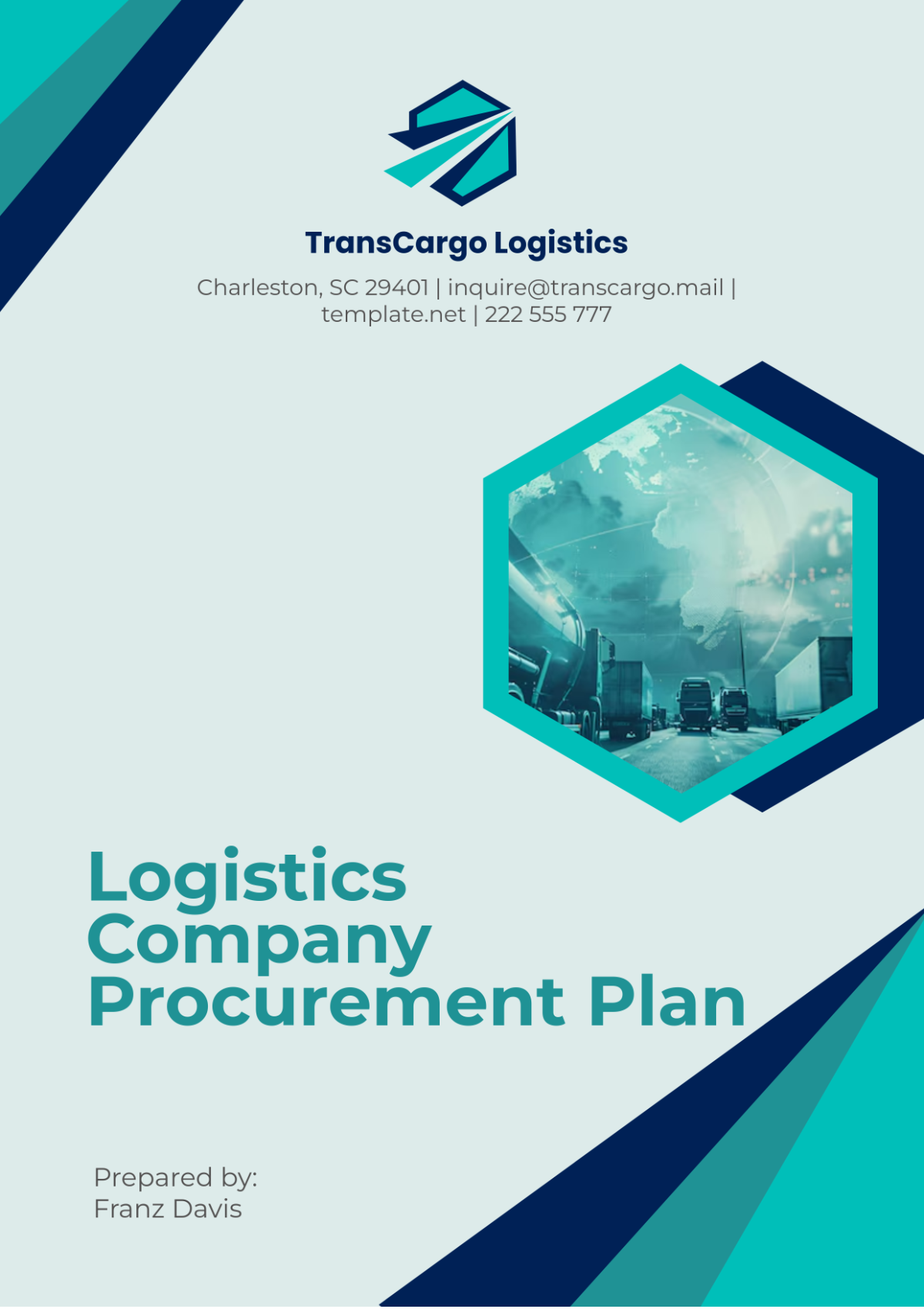Customer Service Operational Plan
Prepared by | [Your Name] |
Date | [DATE] |
I. Executive Summary
This Customer Service Operational Plan details our approaches, methods, and assets committed to delivering outstanding customer service to guarantee customer contentment and fidelity.
II. Objectives
Enhance Customer Satisfaction: Maintain a customer satisfaction rate of at least 90% through prompt resolution of inquiries and complaints.
Improve Response Time: Reduce average response time to customer queries by 20% within the next quarter.
Increase Customer Retention: Achieve a 15% increase in customer retention rates over the next year.
Enhance Employee Training: Provide comprehensive training programs to improve employee competency in handling customer interactions.
III. Key Strategies
A. Customer Engagement
Utilize Multi-Channel Communication: Engage with customers through our website, social media platforms, email, and phone to ensure accessibility and convenience.
Personalize Interactions: Implement personalized responses and recommendations based on customer preferences and past interactions.
Proactive Outreach: Initiate proactive outreach initiatives to gather feedback and address potential issues before they escalate.
B. Employee Training and Development
Continuous Training Programs: Conduct regular training sessions to enhance product knowledge, communication skills, and conflict resolution techniques.
Empowerment: Empower frontline staff to make decisions and resolve issues independently within defined guidelines.
Performance Recognition: Implement a recognition program to acknowledge and reward outstanding customer service performance.
IV. Operational Processes
A. Customer Inquiry Handling
Ticketing System: Implement a robust ticketing system to track and prioritize customer inquiries efficiently.
Tiered Support Structure: Establish a tiered support structure to ensure timely escalation and resolution of complex issues.
Knowledge Base: Maintain a comprehensive knowledge base accessible to both customers and support agents for self-service and quick reference.
B. Complaint Resolution
Escalation Protocol: Define clear escalation paths for unresolved complaints to ensure prompt resolution.
Root Cause Analysis: Conduct thorough root cause analysis for recurring issues to implement preventive measures.
Follow-Up Procedure: Implement a follow-up procedure to ensure customer satisfaction post-resolution.
V. Resource Allocation
Staffing: Allocate sufficient staffing resources based on anticipated customer demand patterns.
Technology: Invest in advanced customer relationship management (CRM) software and communication tools to streamline operations.
Training Budget: Allocate a dedicated budget for employee training and development initiatives.
VI. Monitoring and Evaluation
Performance Metrics: Track key performance indicators (KPIs) such as customer satisfaction scores, response time, and resolution rate.
Feedback Mechanism: Implement a feedback mechanism to gather insights from both customers and employees for continuous improvement.
Regular Reviews: Conduct regular reviews of operational processes and strategies to identify areas for optimization.
VII. Implementation Timeline
Phase | Activities |
|---|---|
Phase 1: Preparation |
|
Phase 2: Rollout |
|
Phase 3: Optimization |
|
Phase 4: Evaluation |
|
VIII. SWOT Analysis
A. Strengths
Strong brand reputation.
Skilled and dedicated customer service team.
Access to advanced technology for communication and support.
B. Weaknesses
Limited resources for extensive training programs.
Lack of integration between different communication channels.
Inconsistent response times during peak periods.
C. Opportunities
Expansion into new markets with tailored customer service solutions.
Integration of AI-powered chatbots to enhance efficiency and accessibility.
Collaboration with third-party service providers to offer specialized support services.
D. Threats
Intense competition leads to price wars and erosion of profit margins.
Rapid technological advancements require constant adaptation and investment.
Negative publicity or social media backlash impacting brand image.
IX. Risk Management
Technology Failures: Implement backup systems and procedures to mitigate the impact of technology failures on customer service operations.
Staff Turnover: Develop succession plans and cross-training programs to ensure continuity of service during staff transitions.
Negative Publicity: Monitor online channels for negative feedback and implement swift response mechanisms to address any issues publicly.
X. Conclusion
This Operational Plan outlines our dedication to providing outstanding customer service by actively engaging, consistently enhancing our methods, and effectively allocating resources, aiming to meet our service goals and ensure sustained success.
